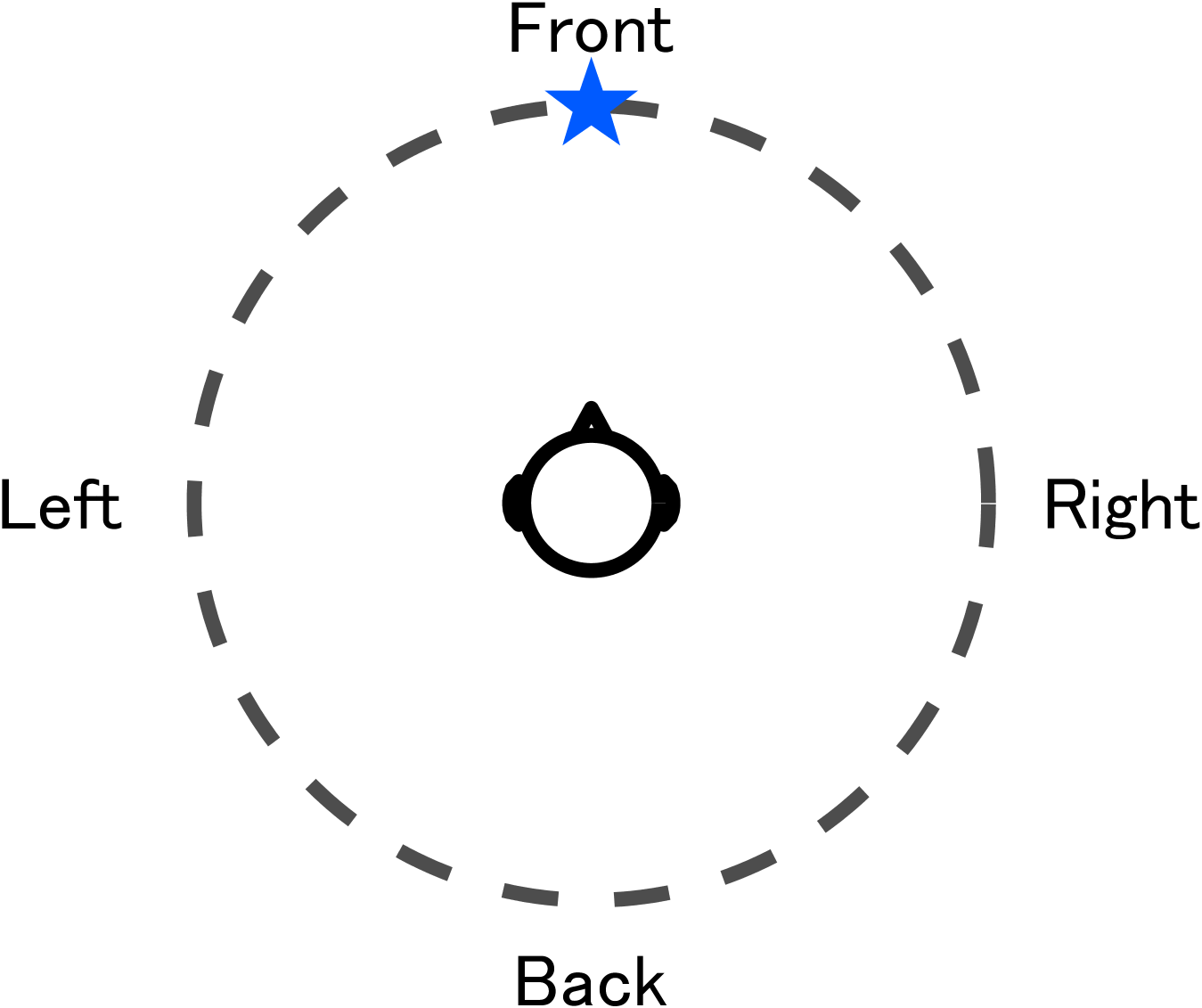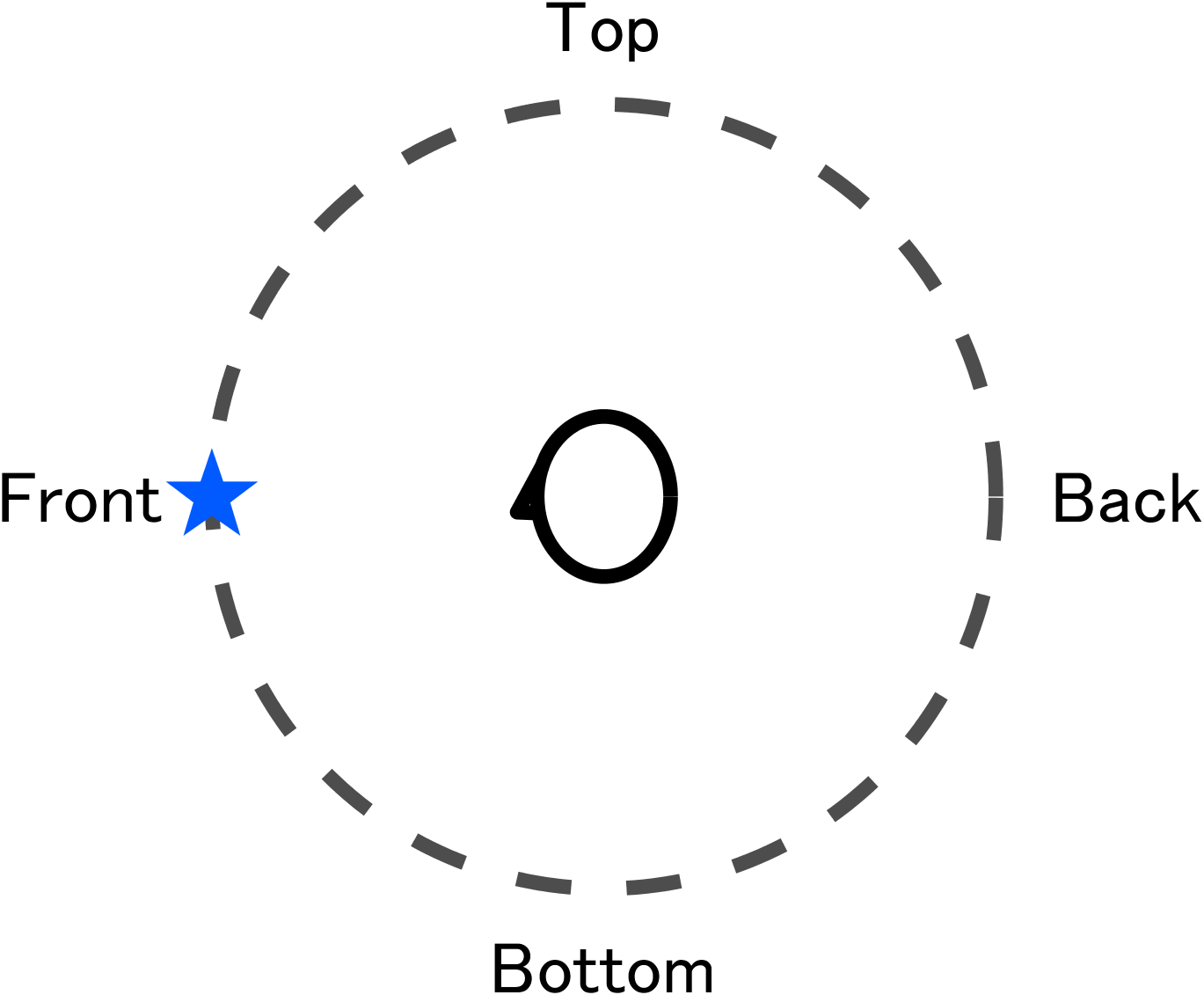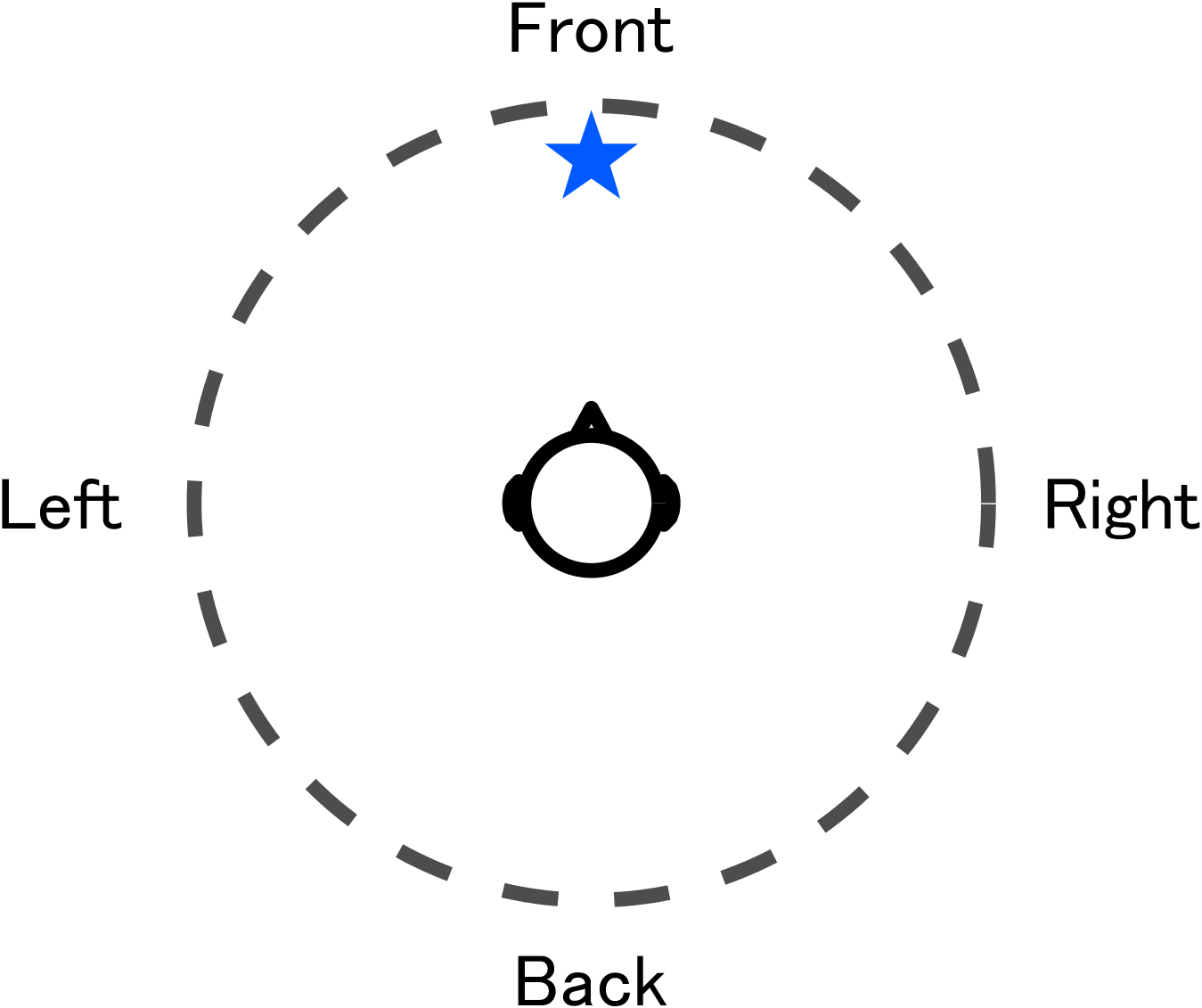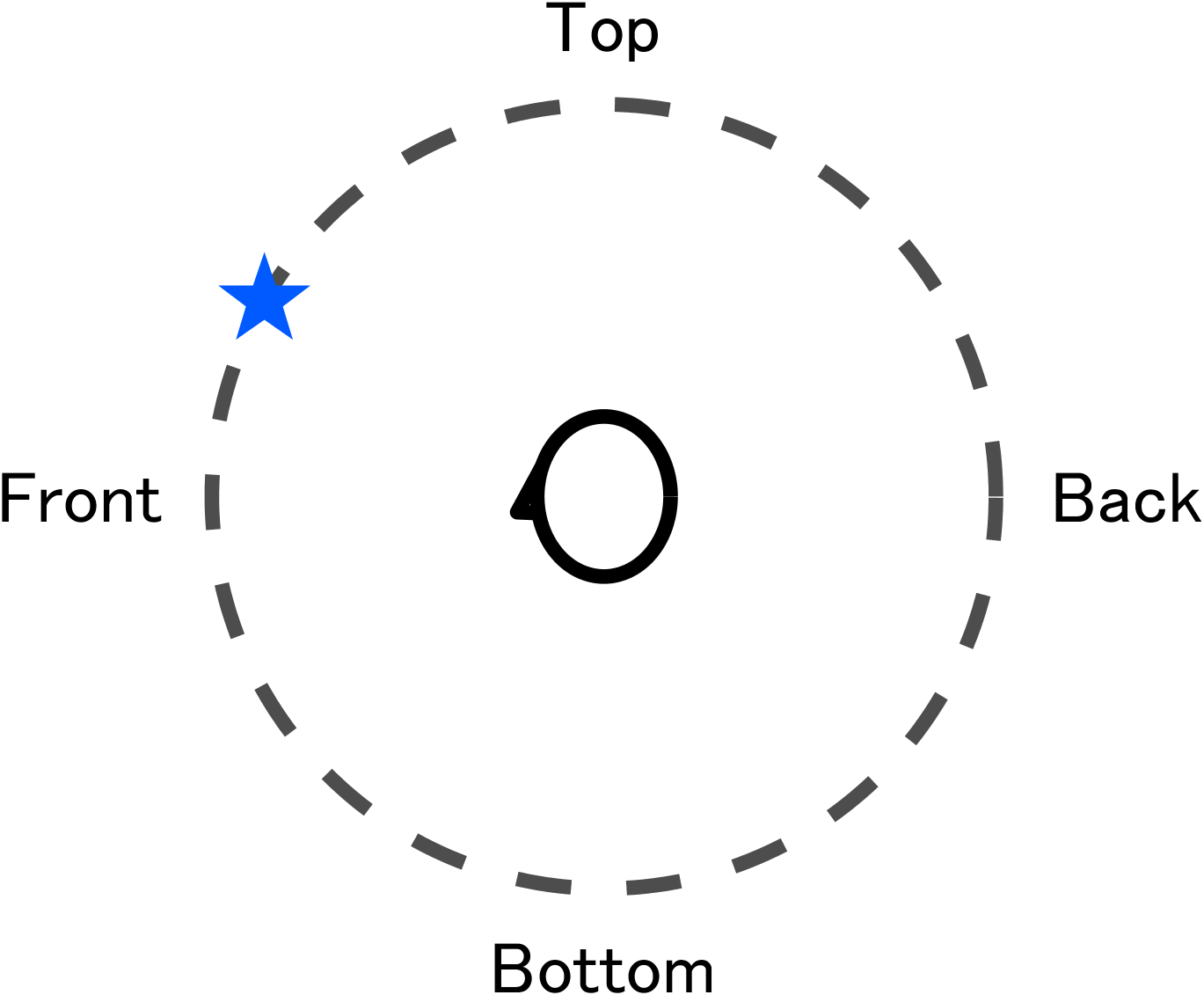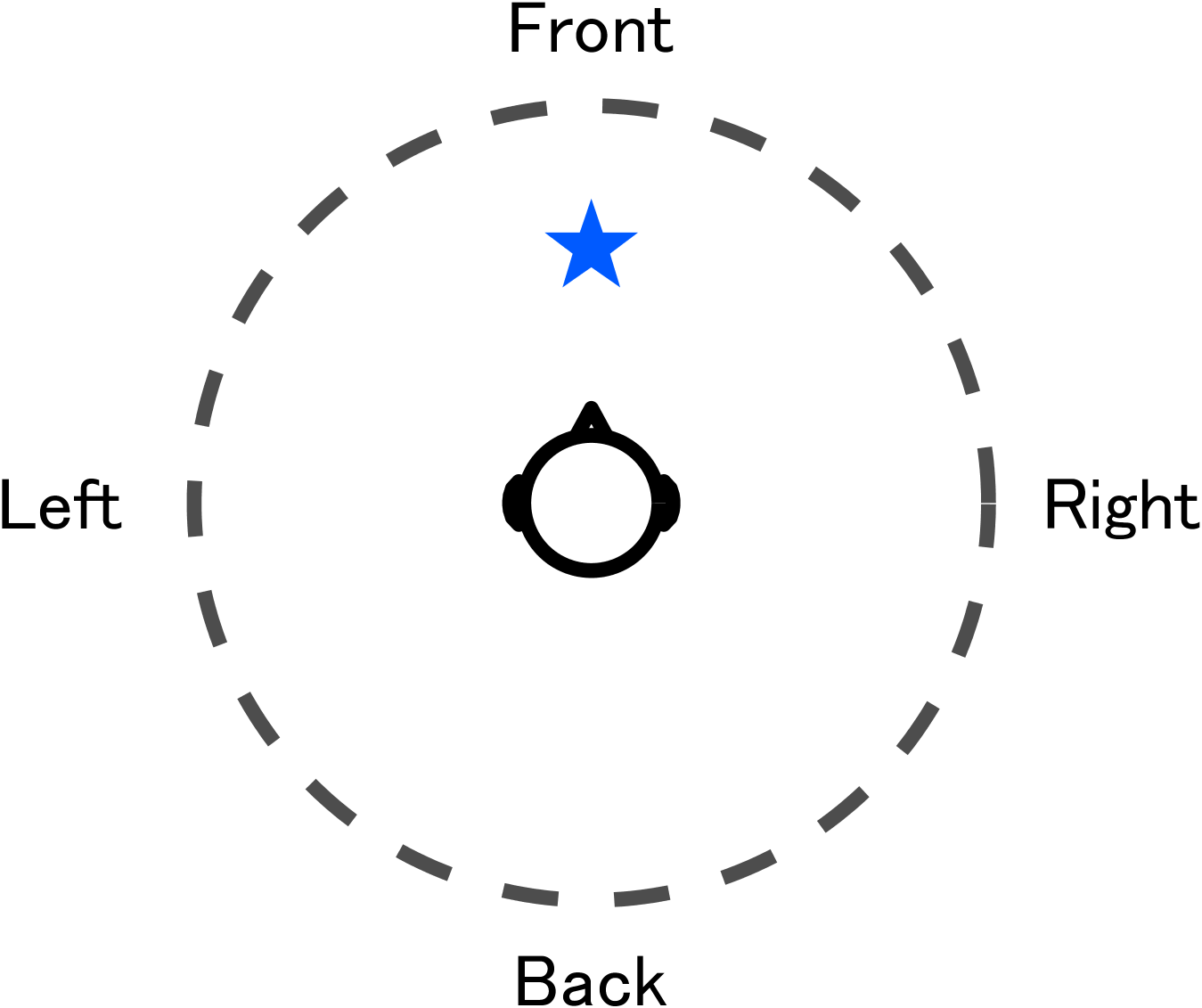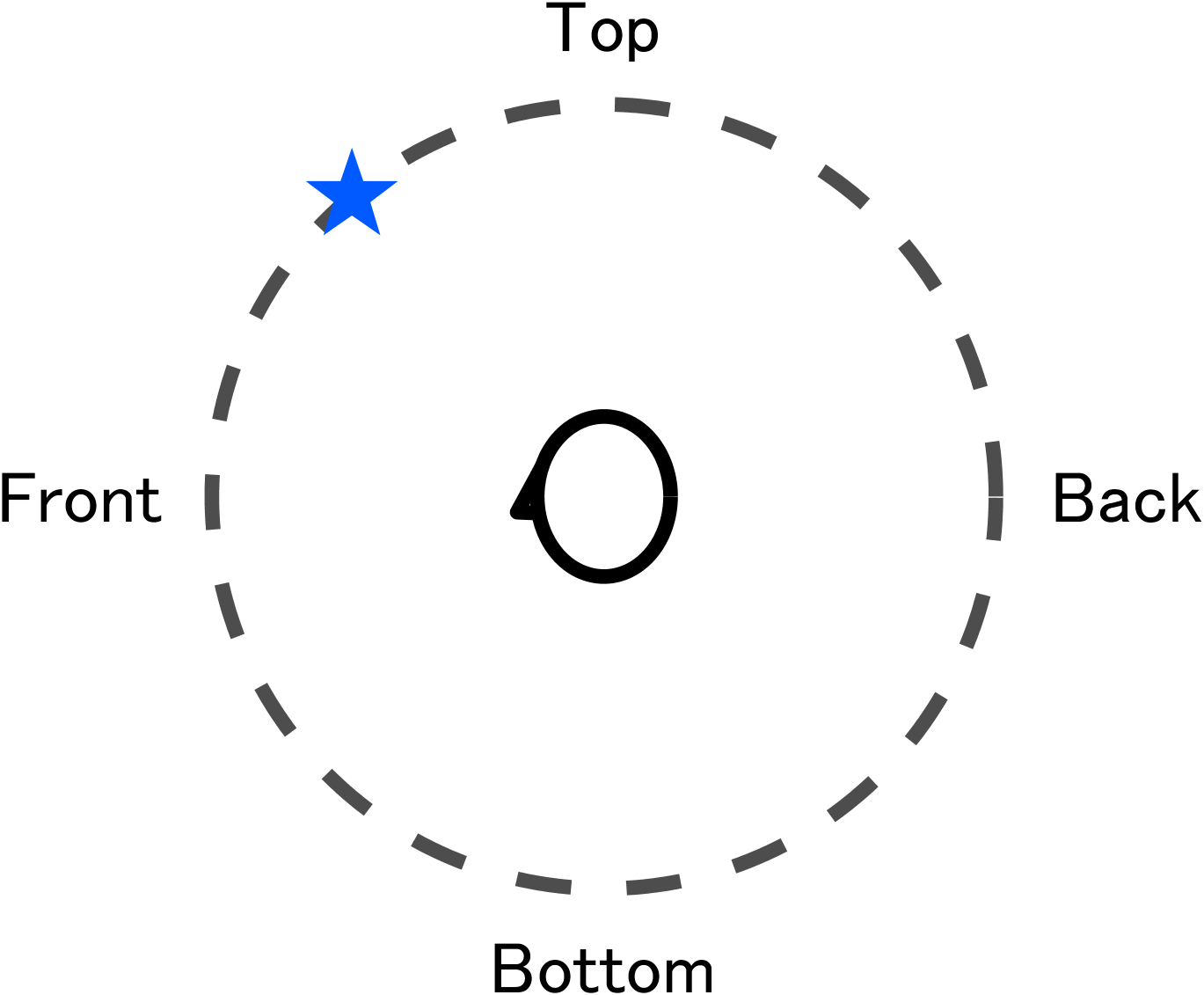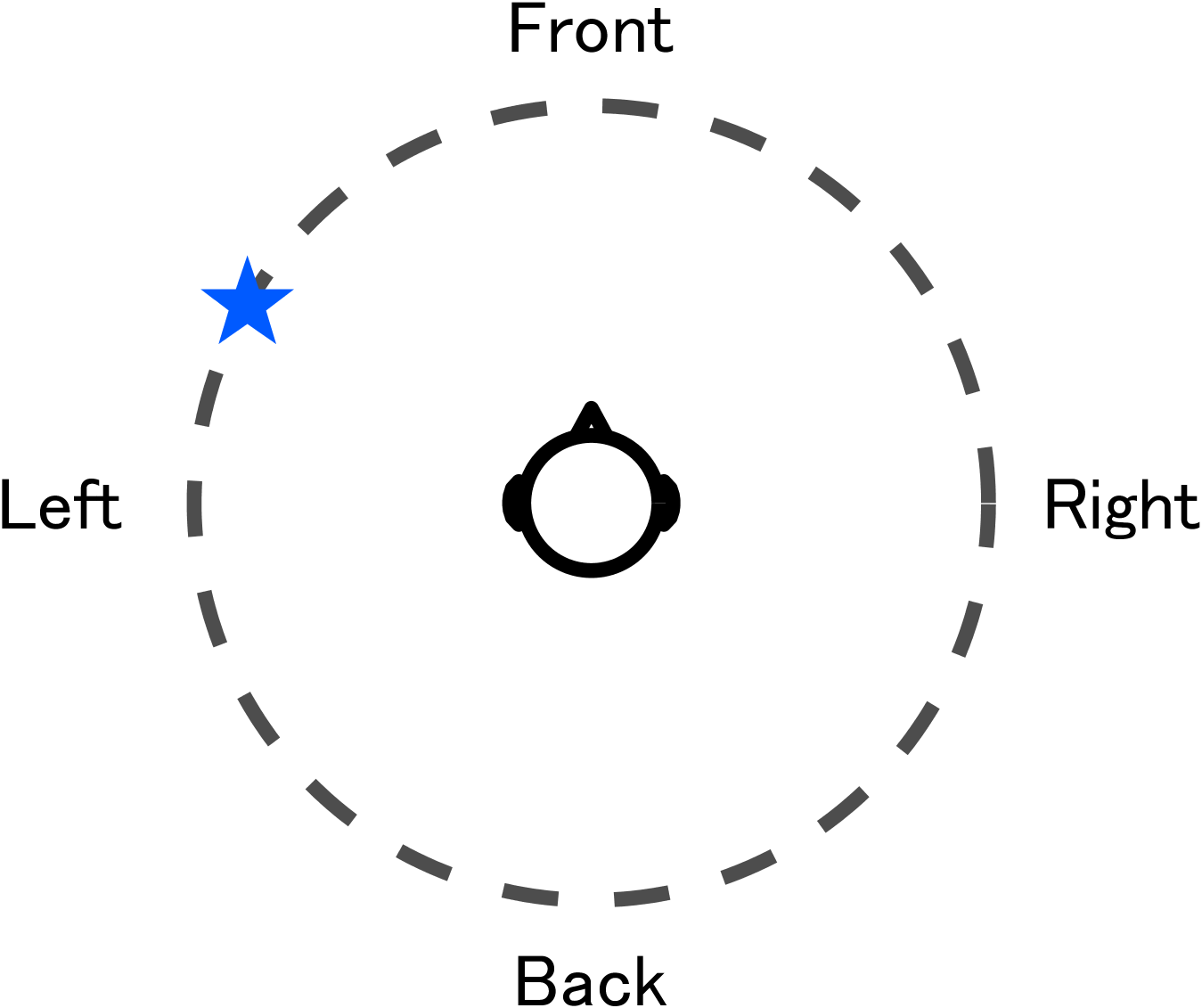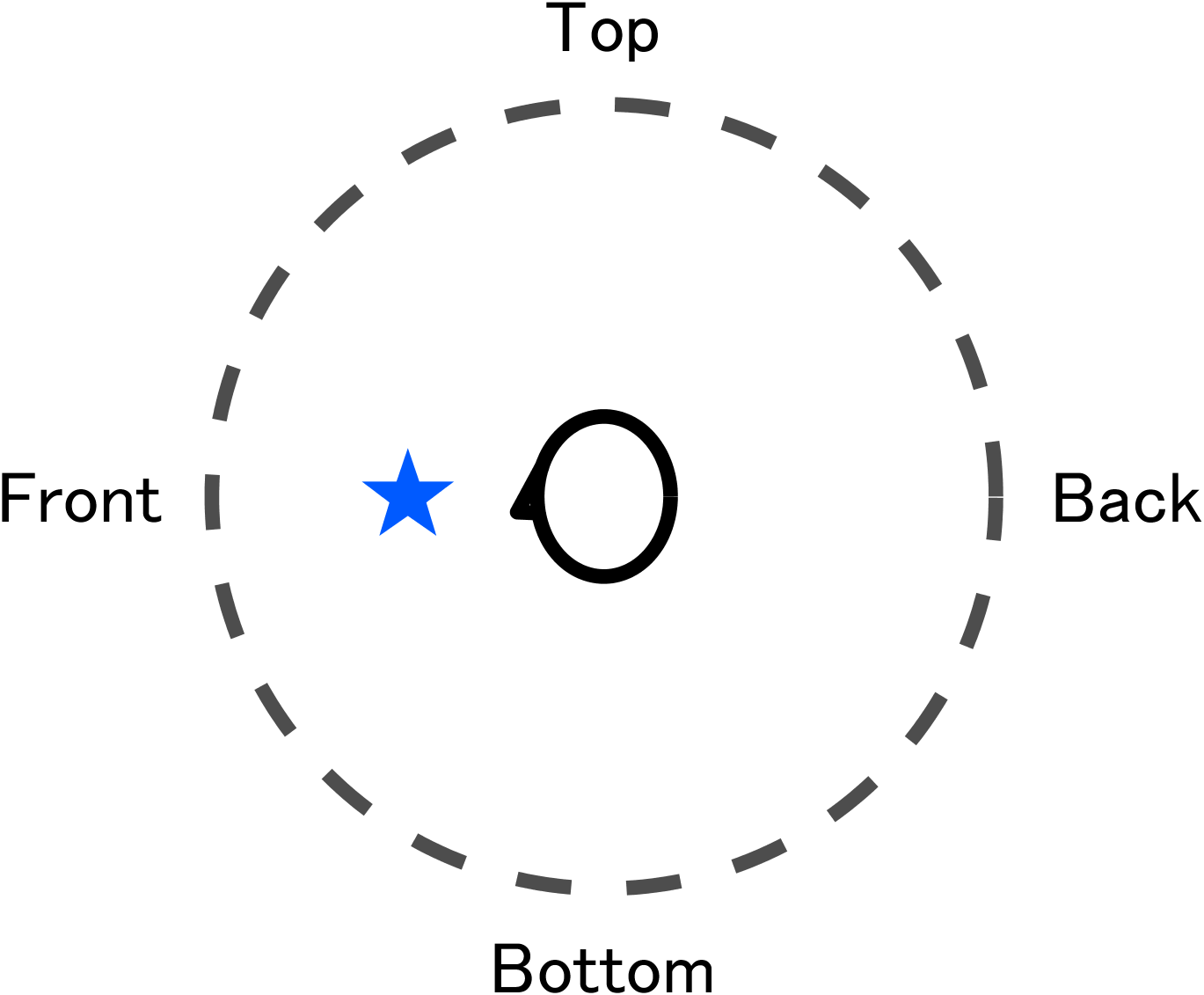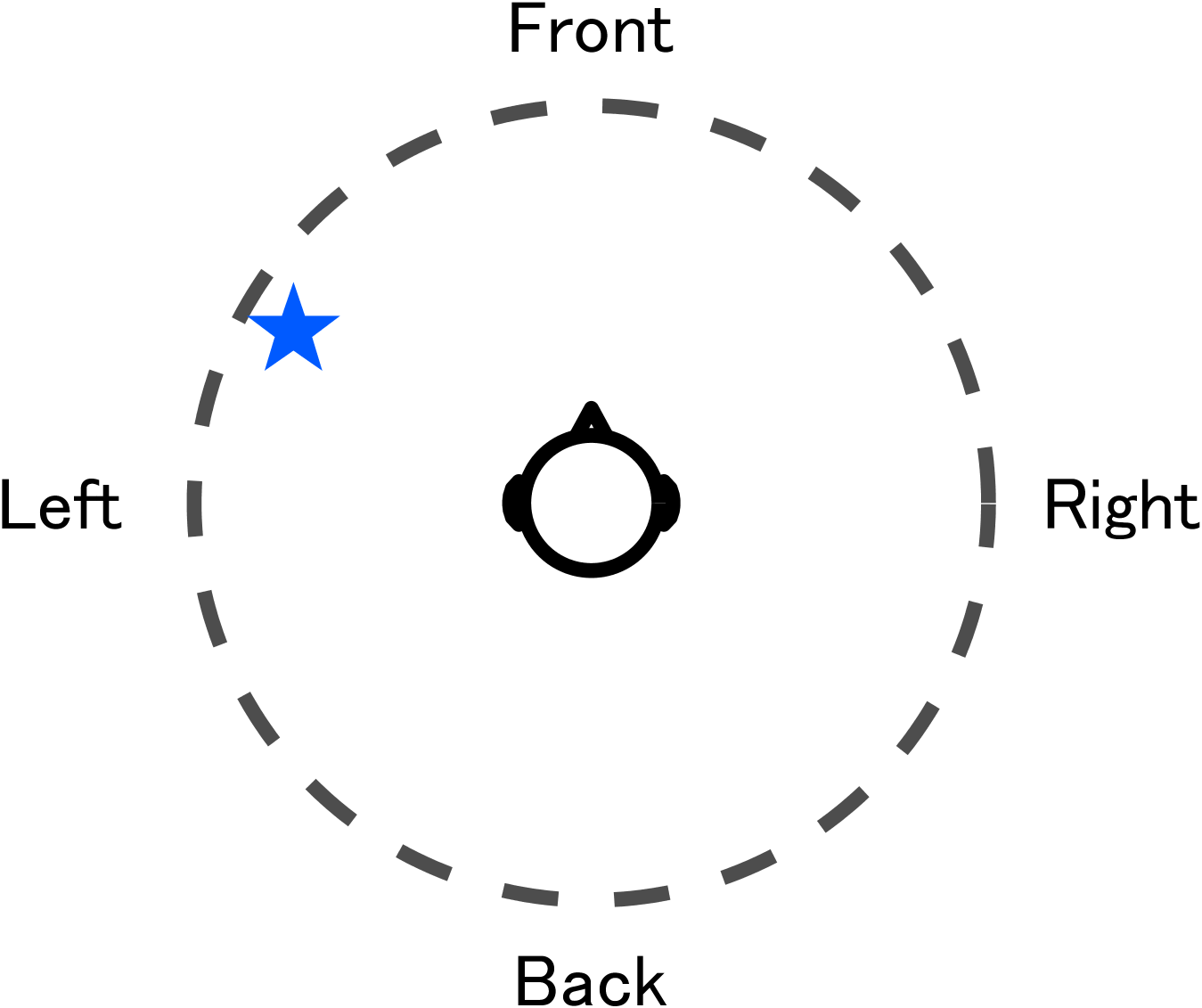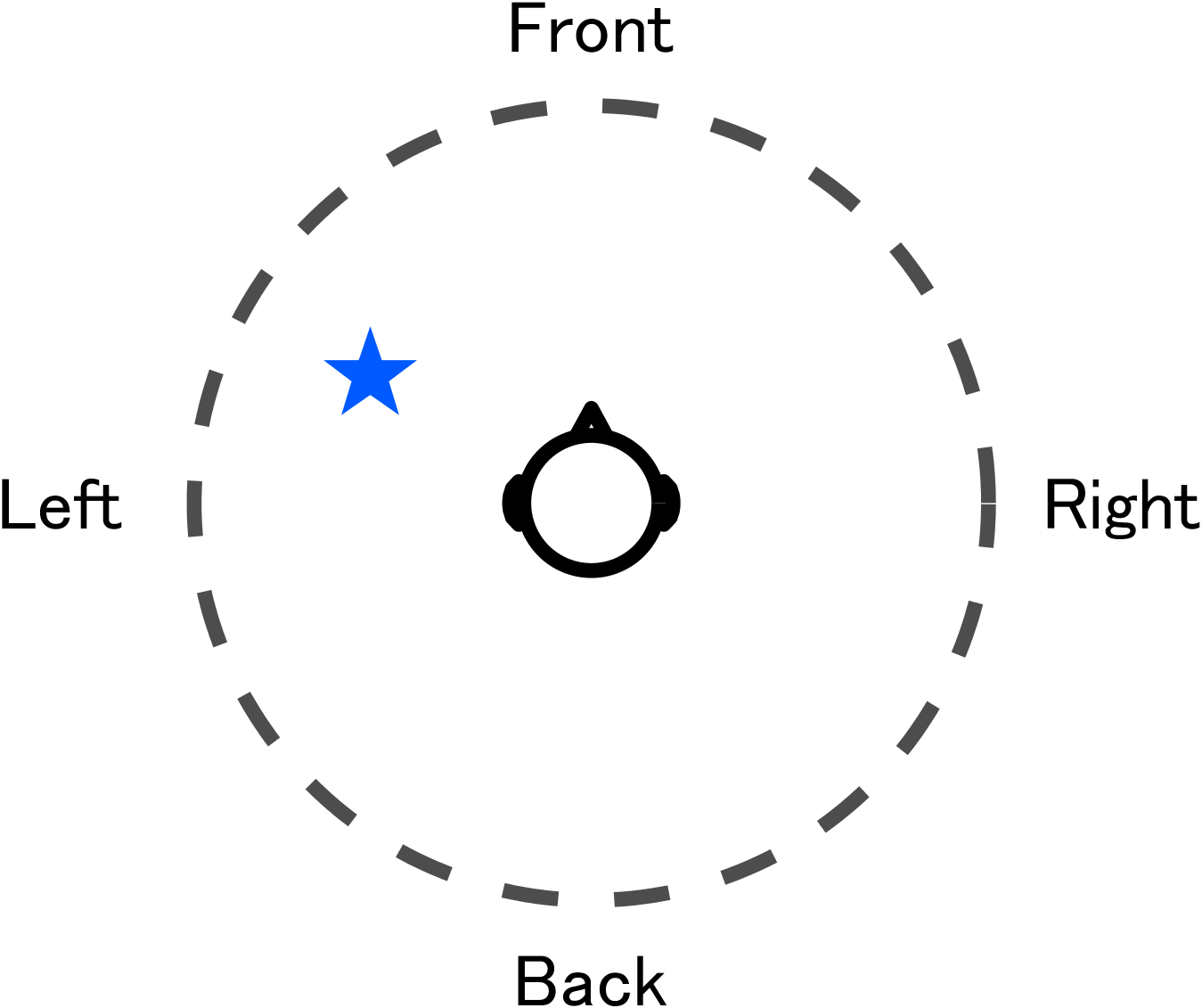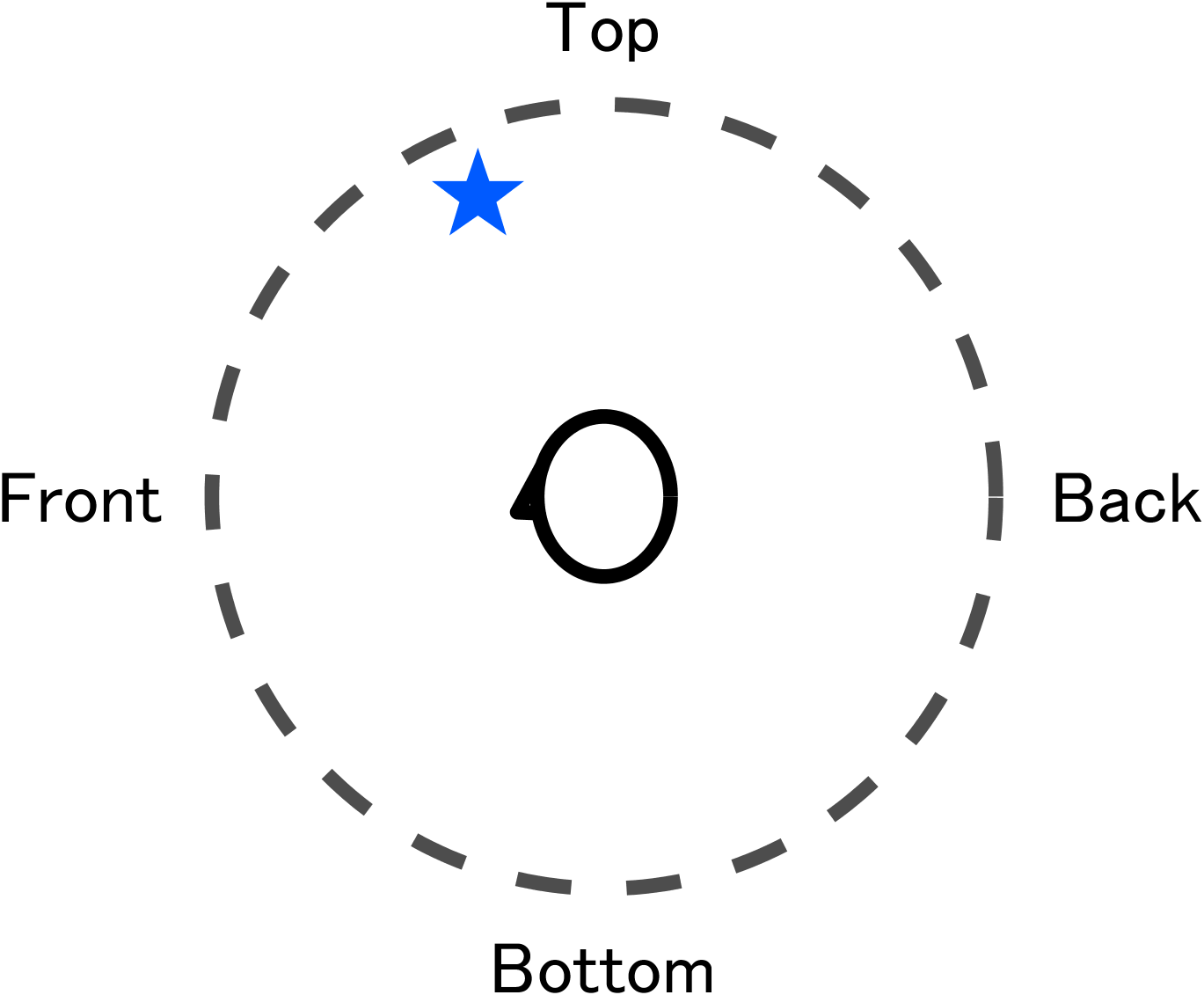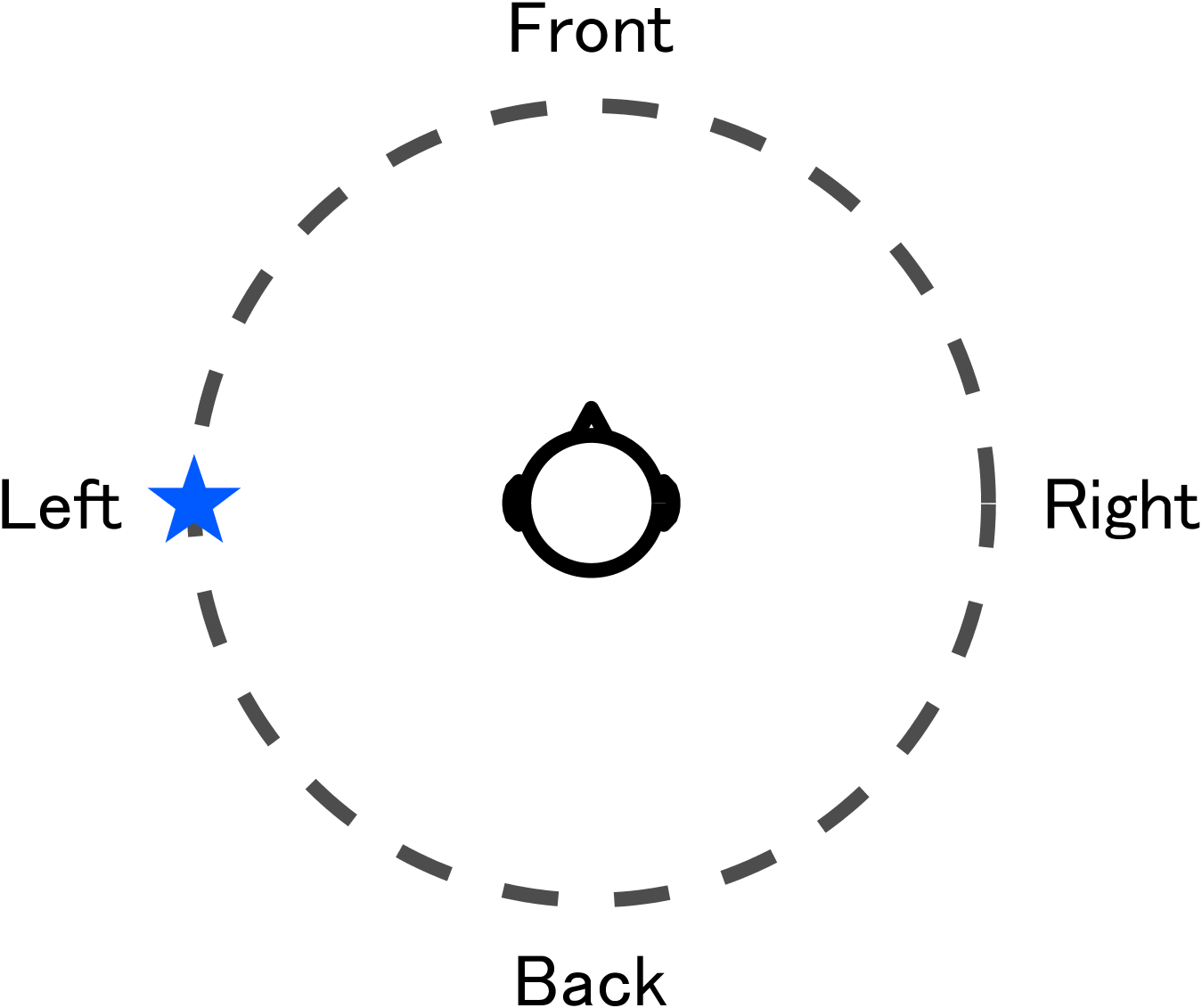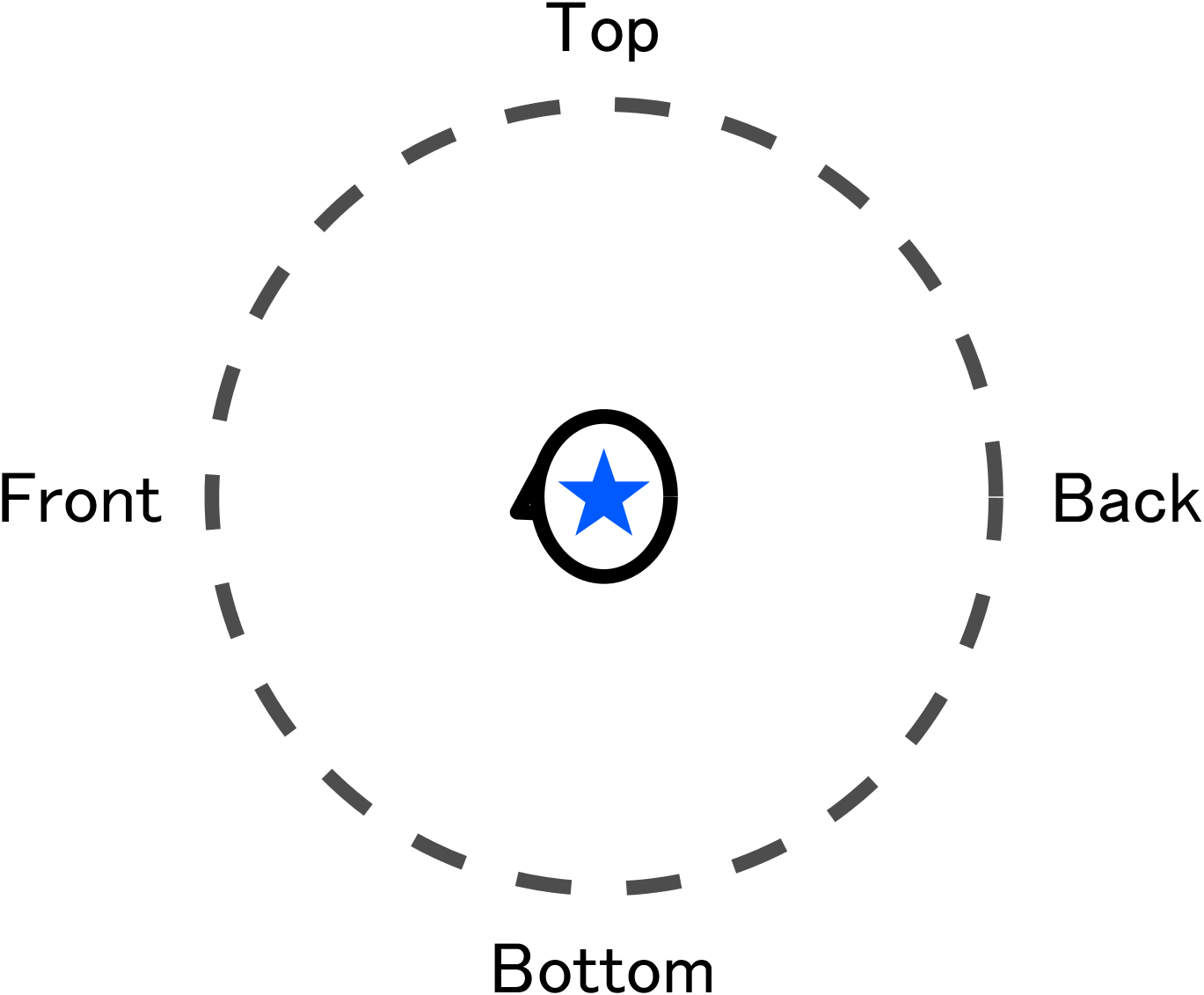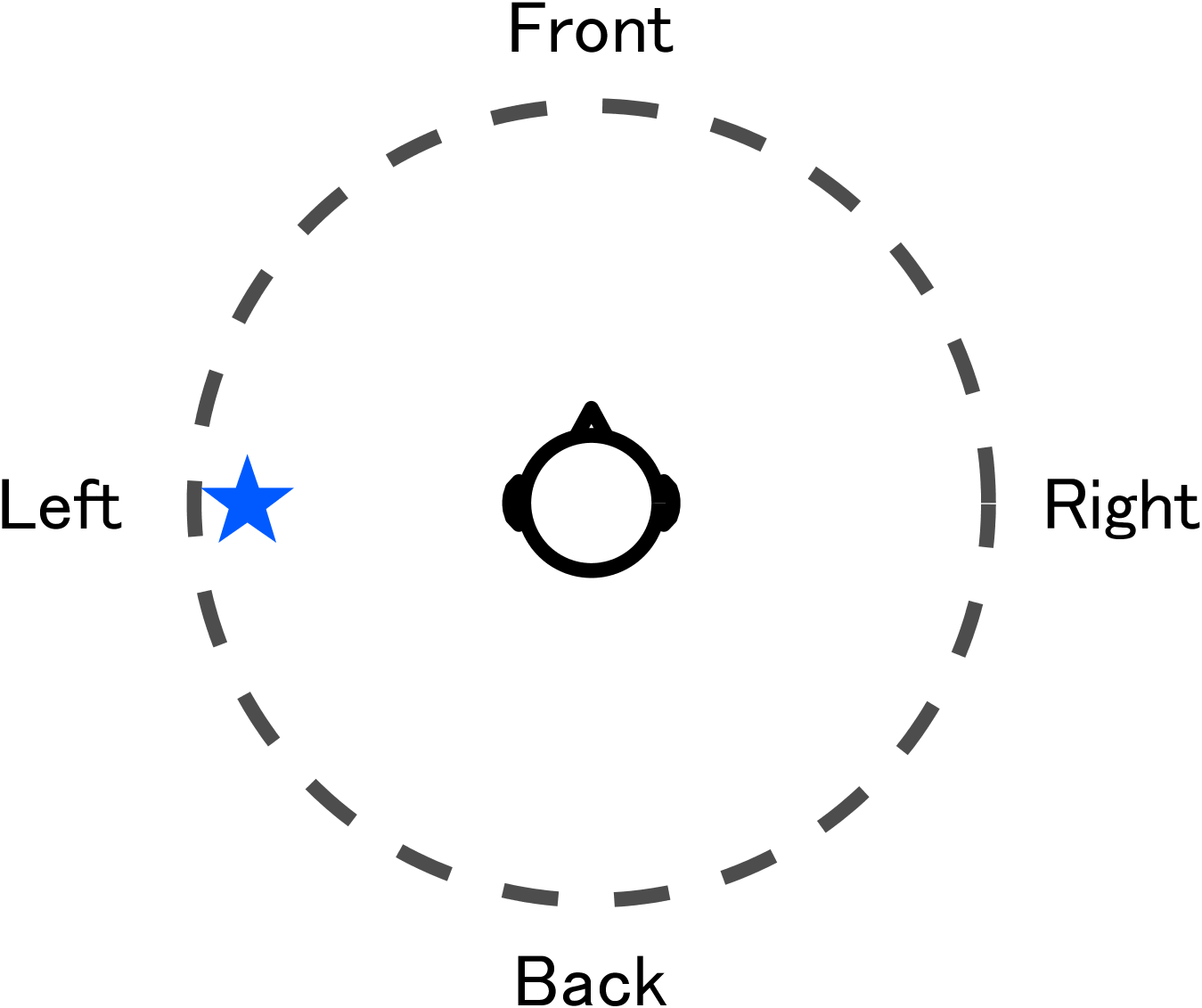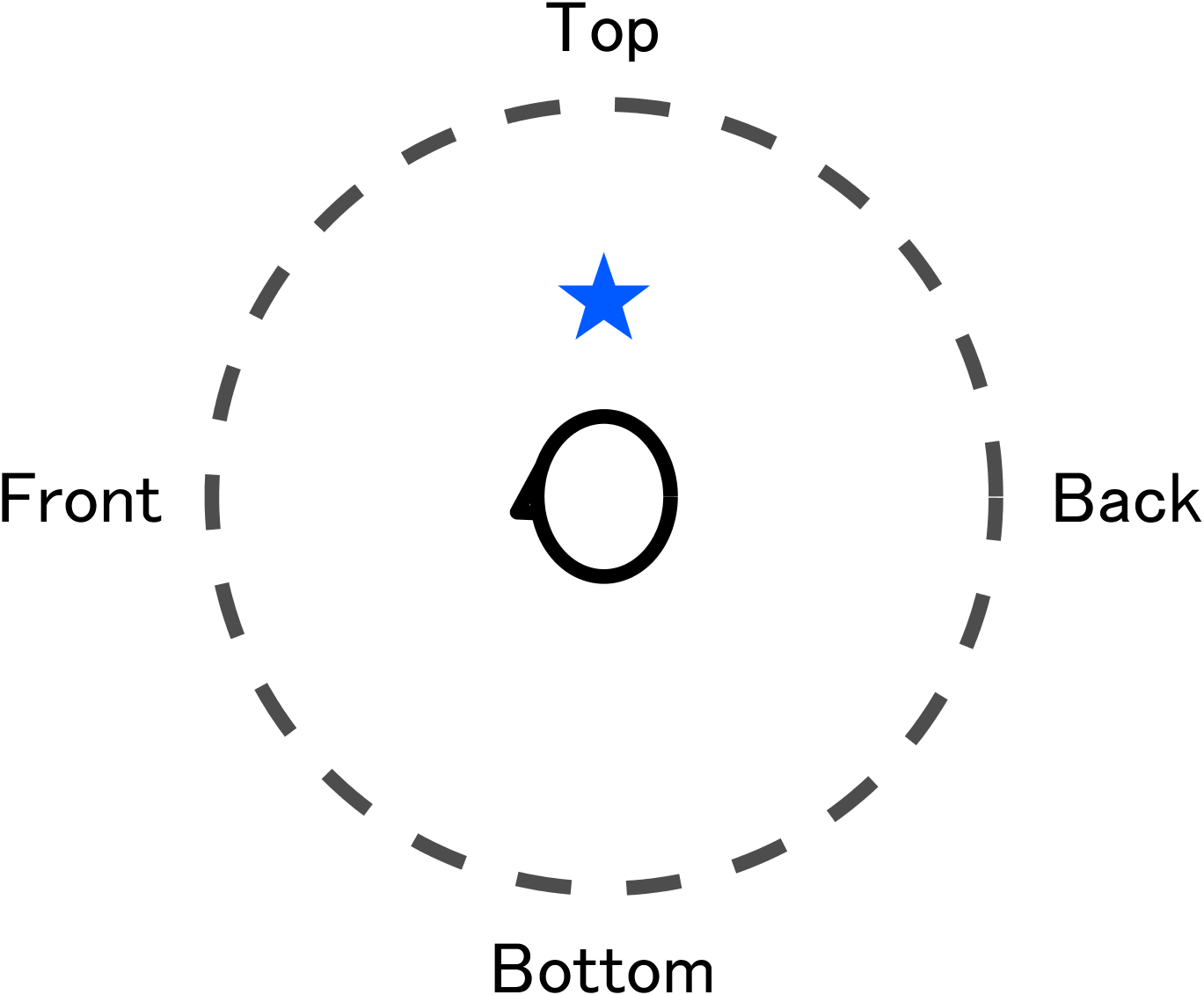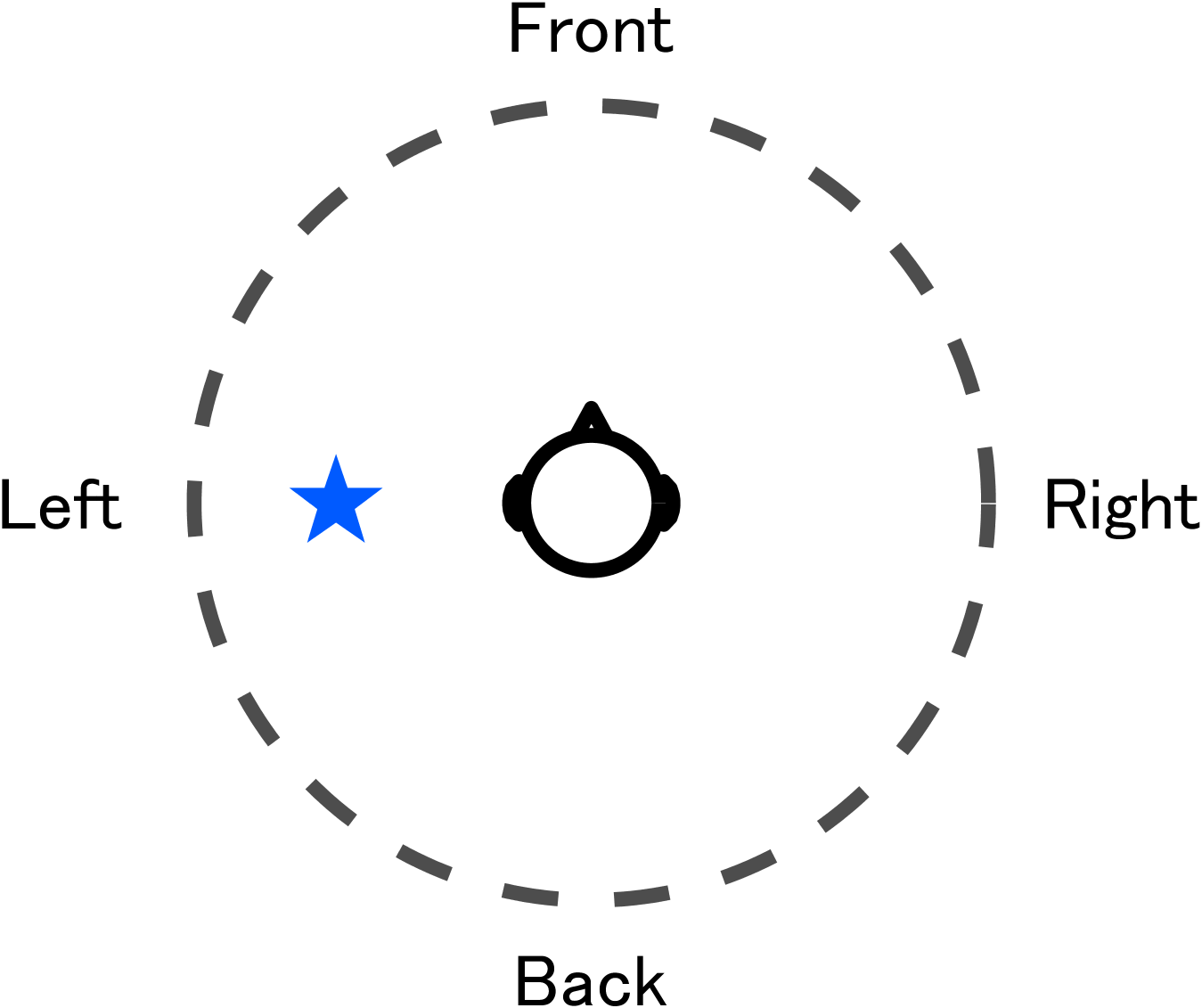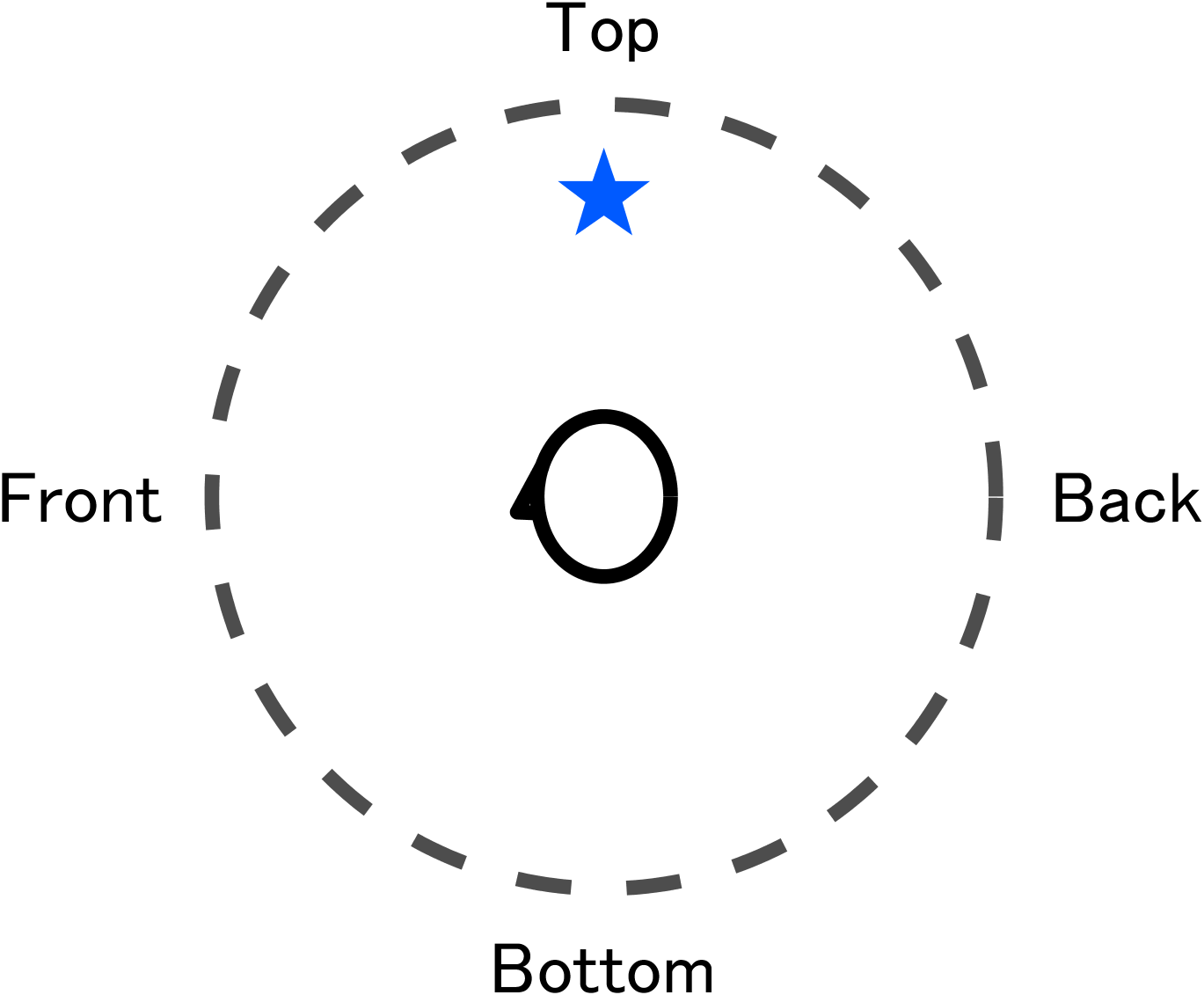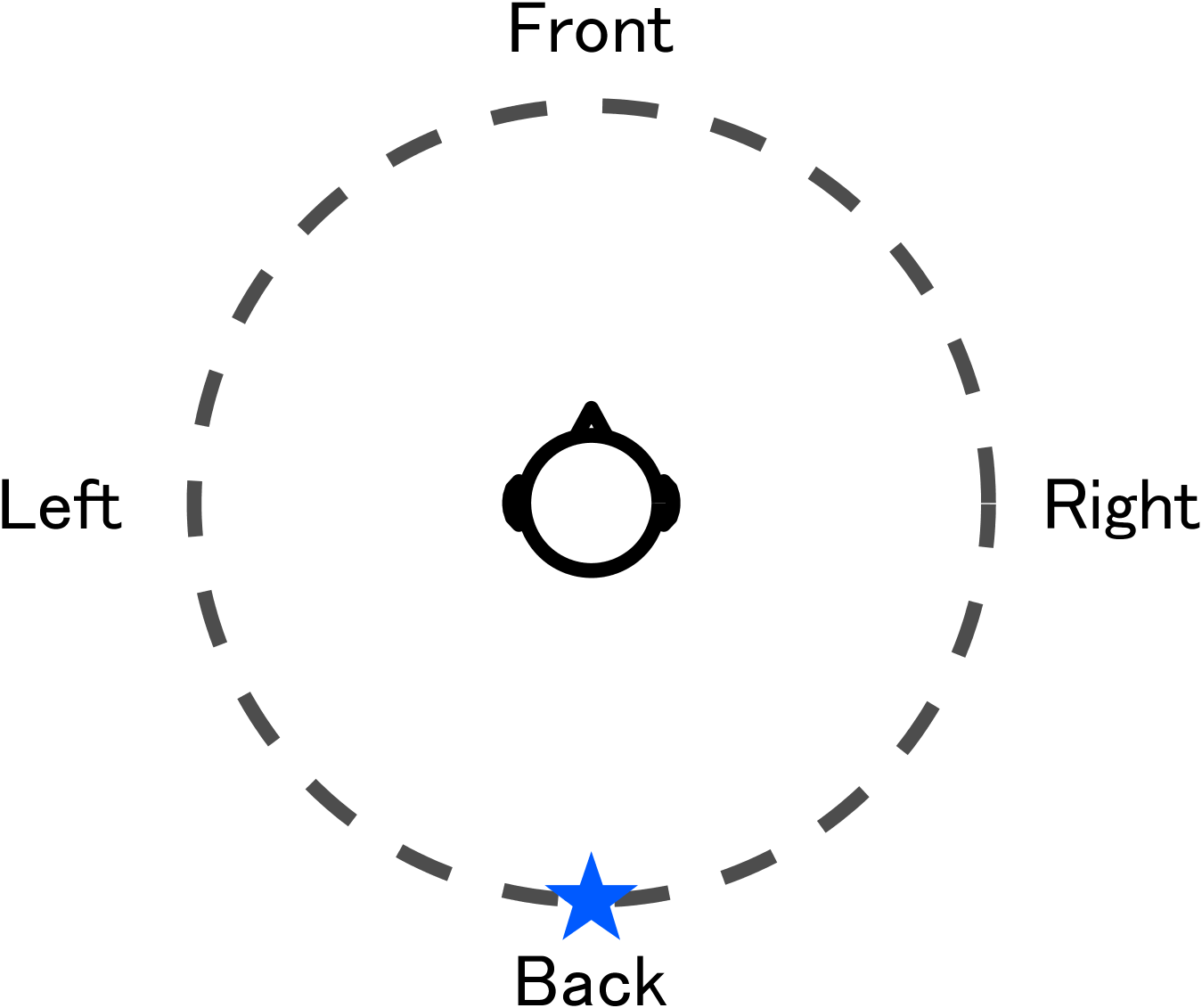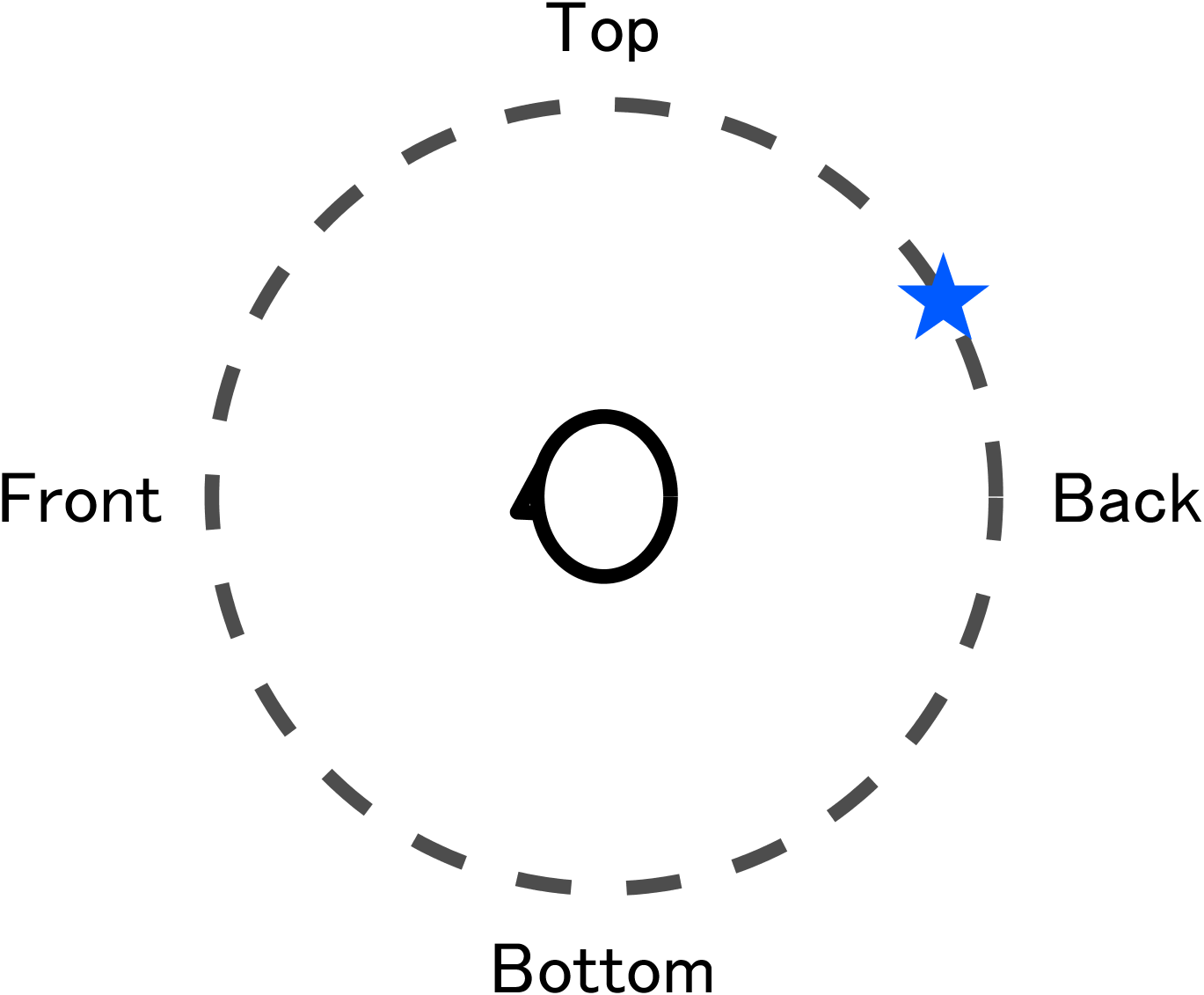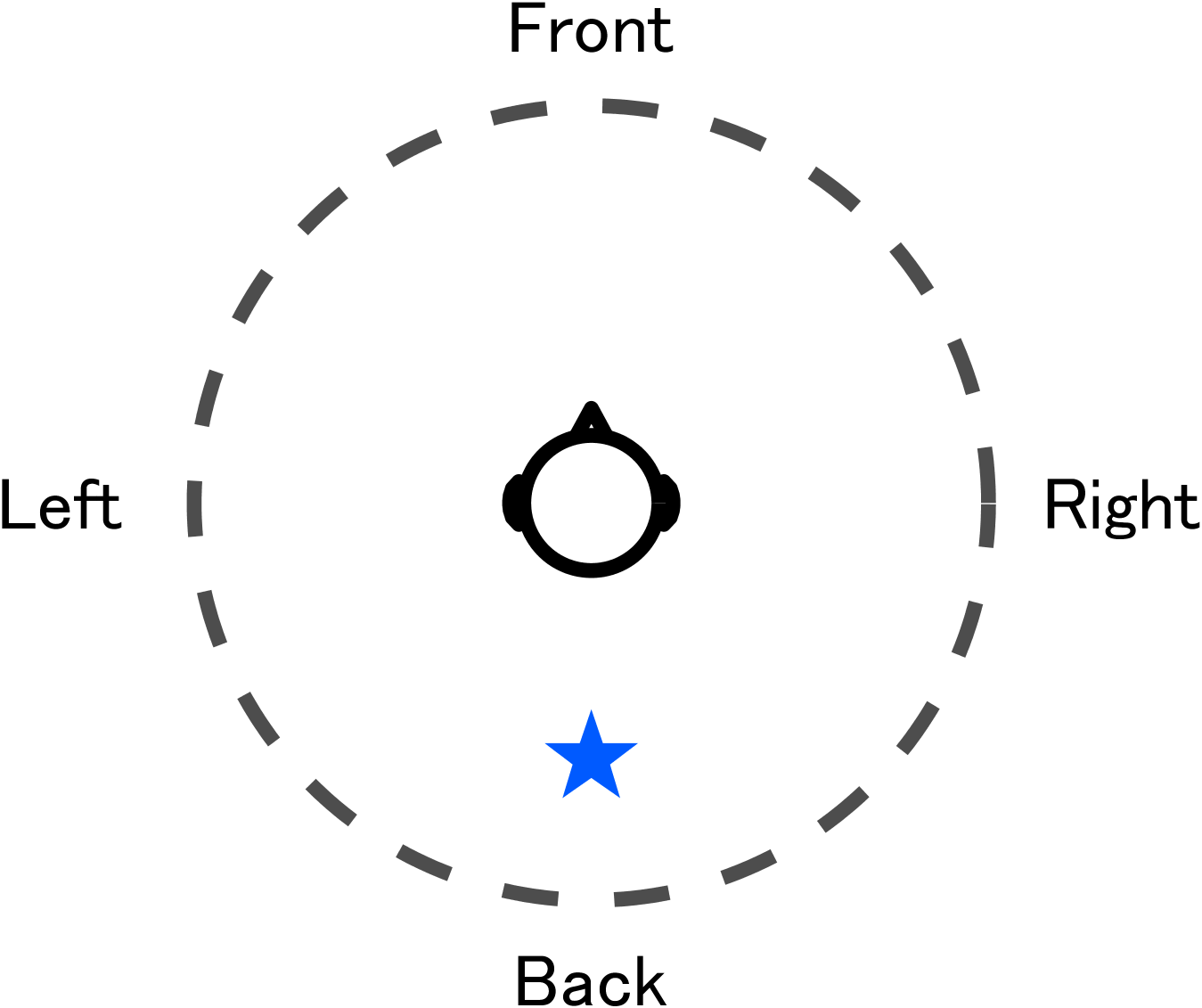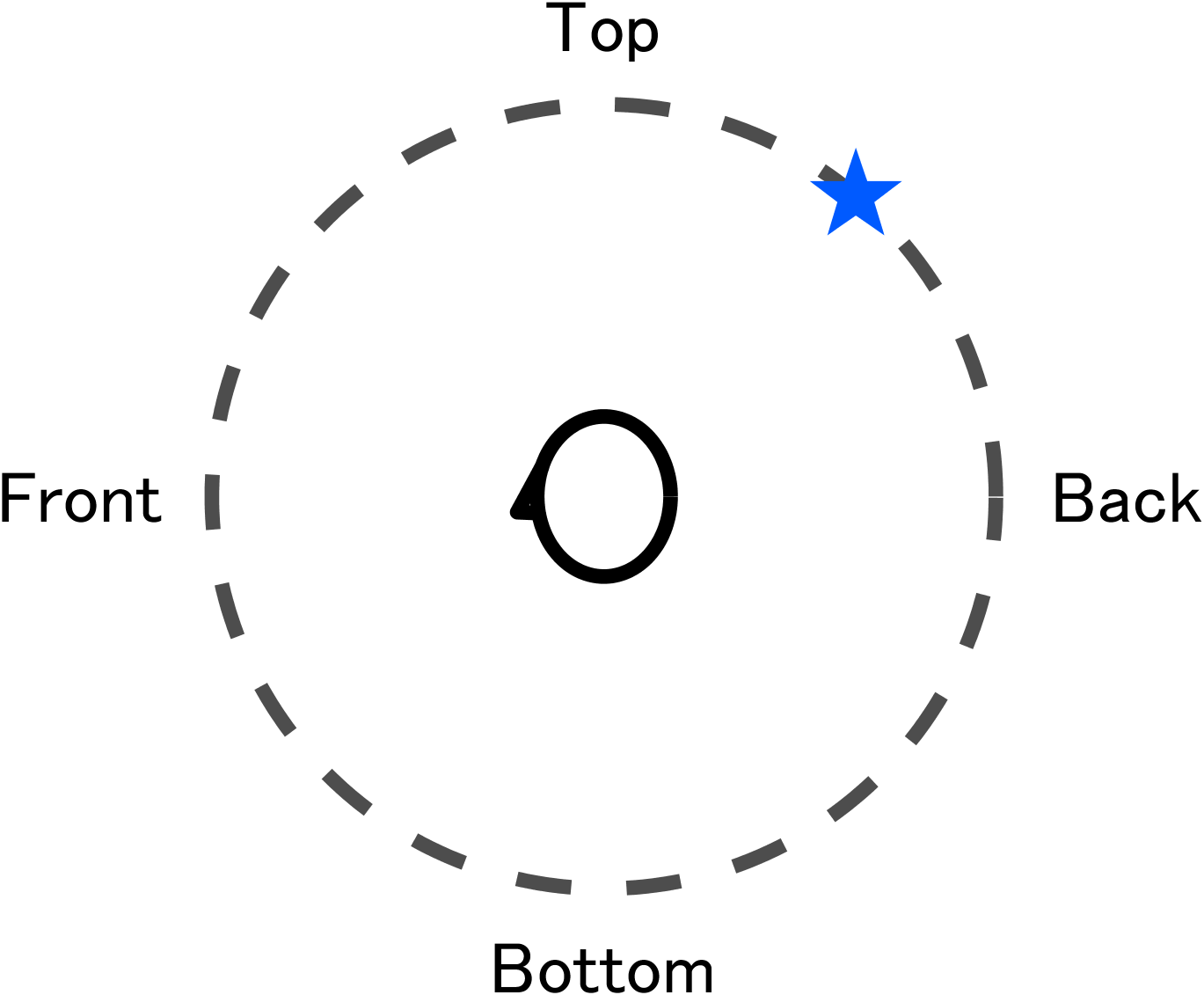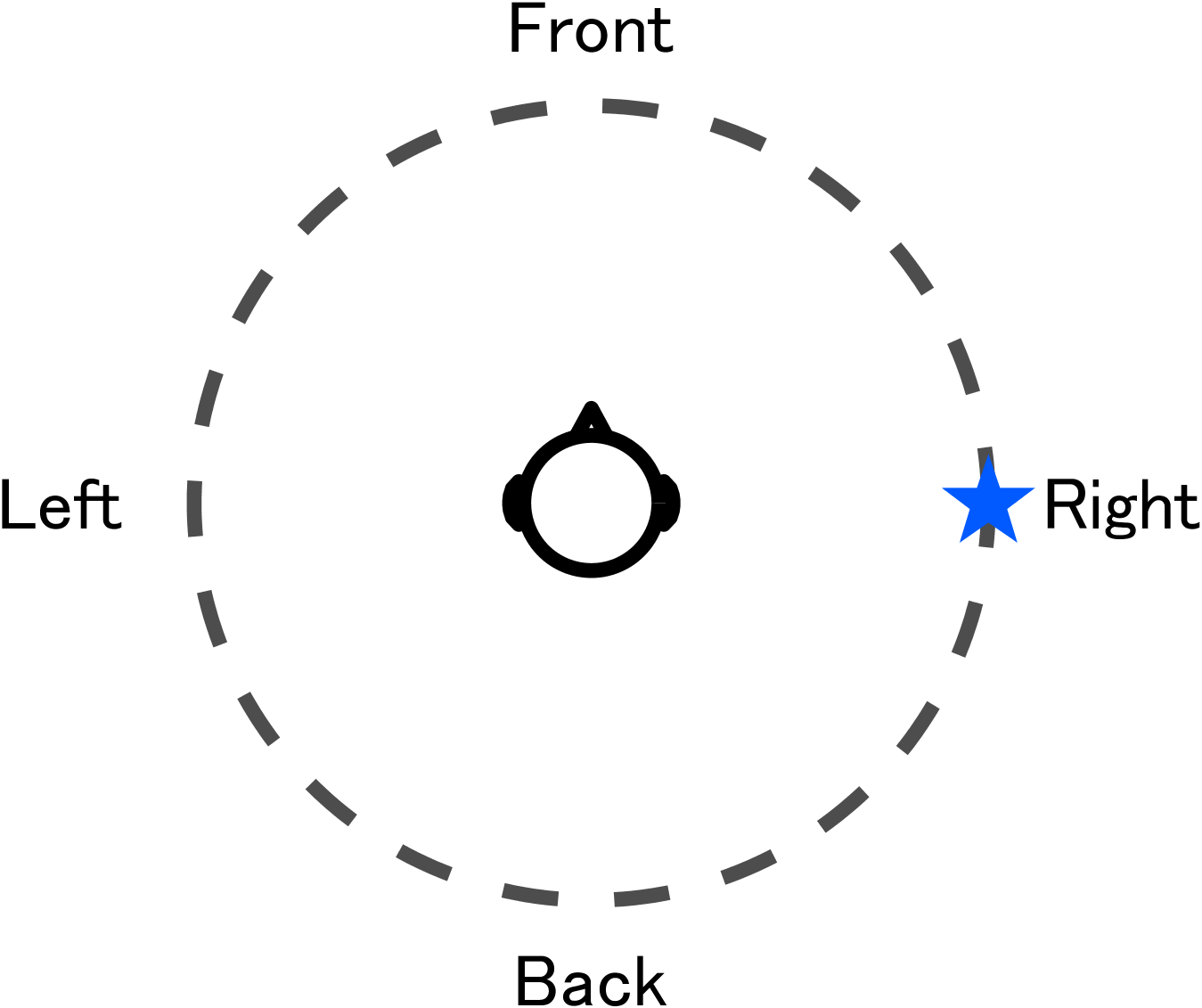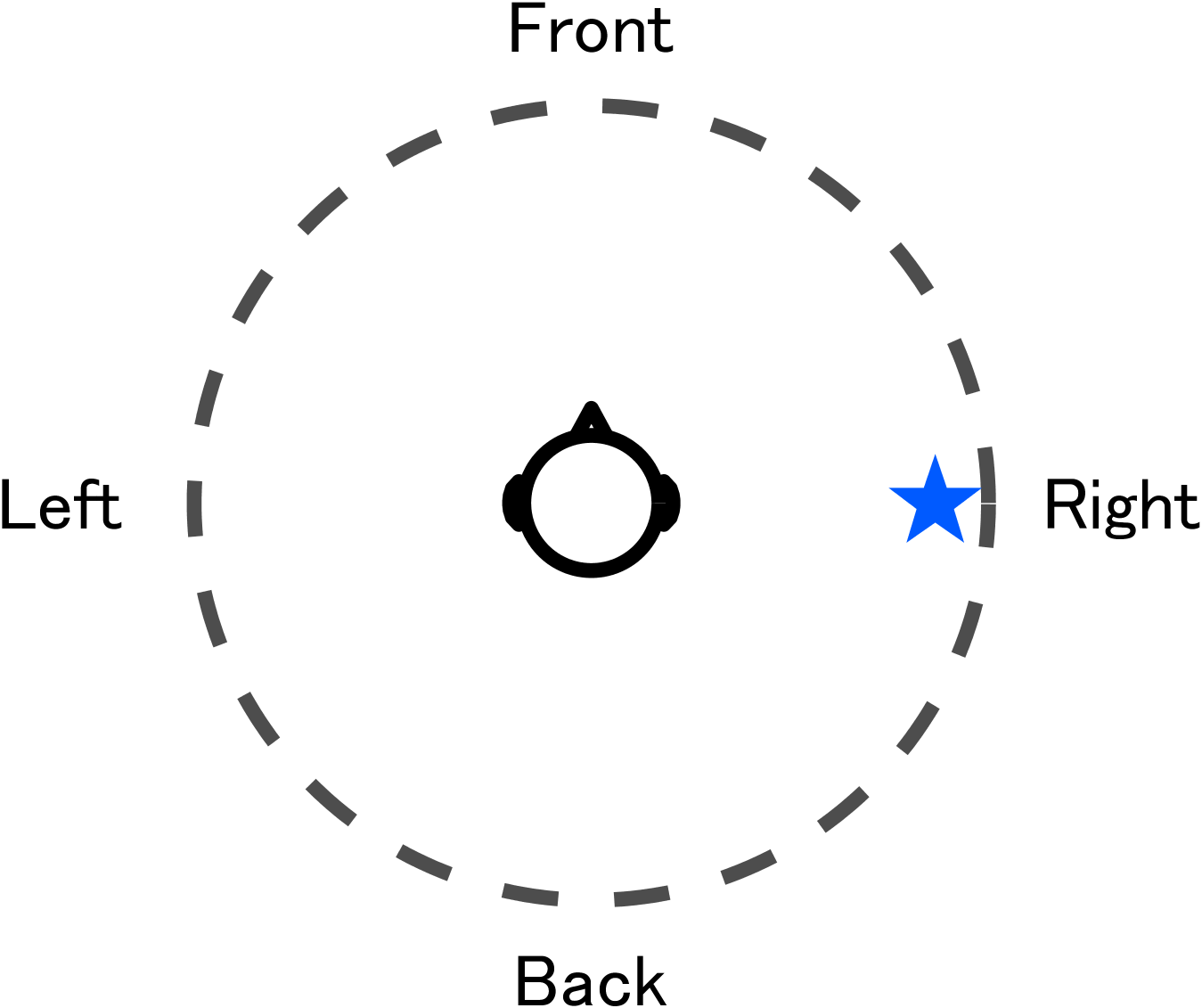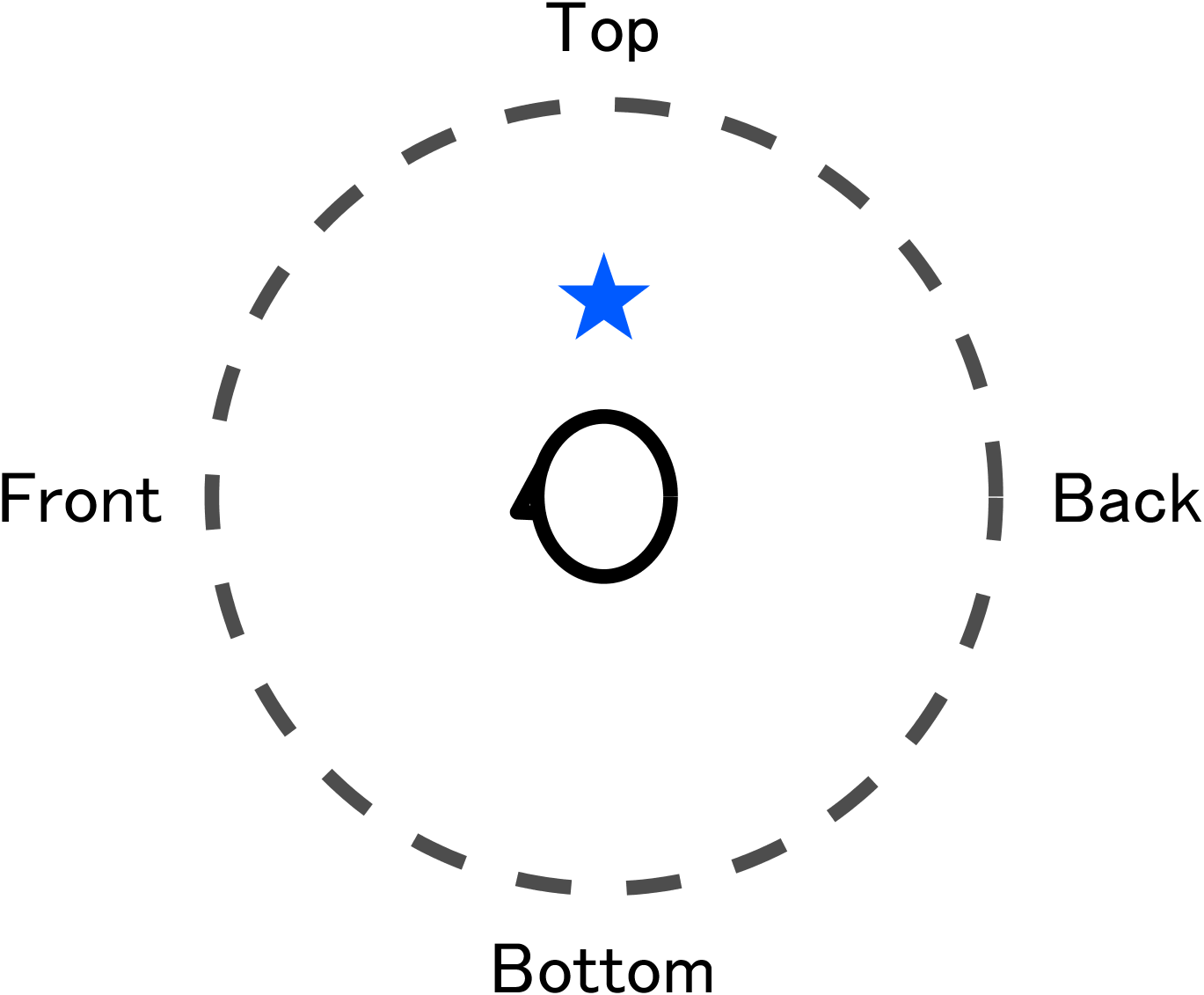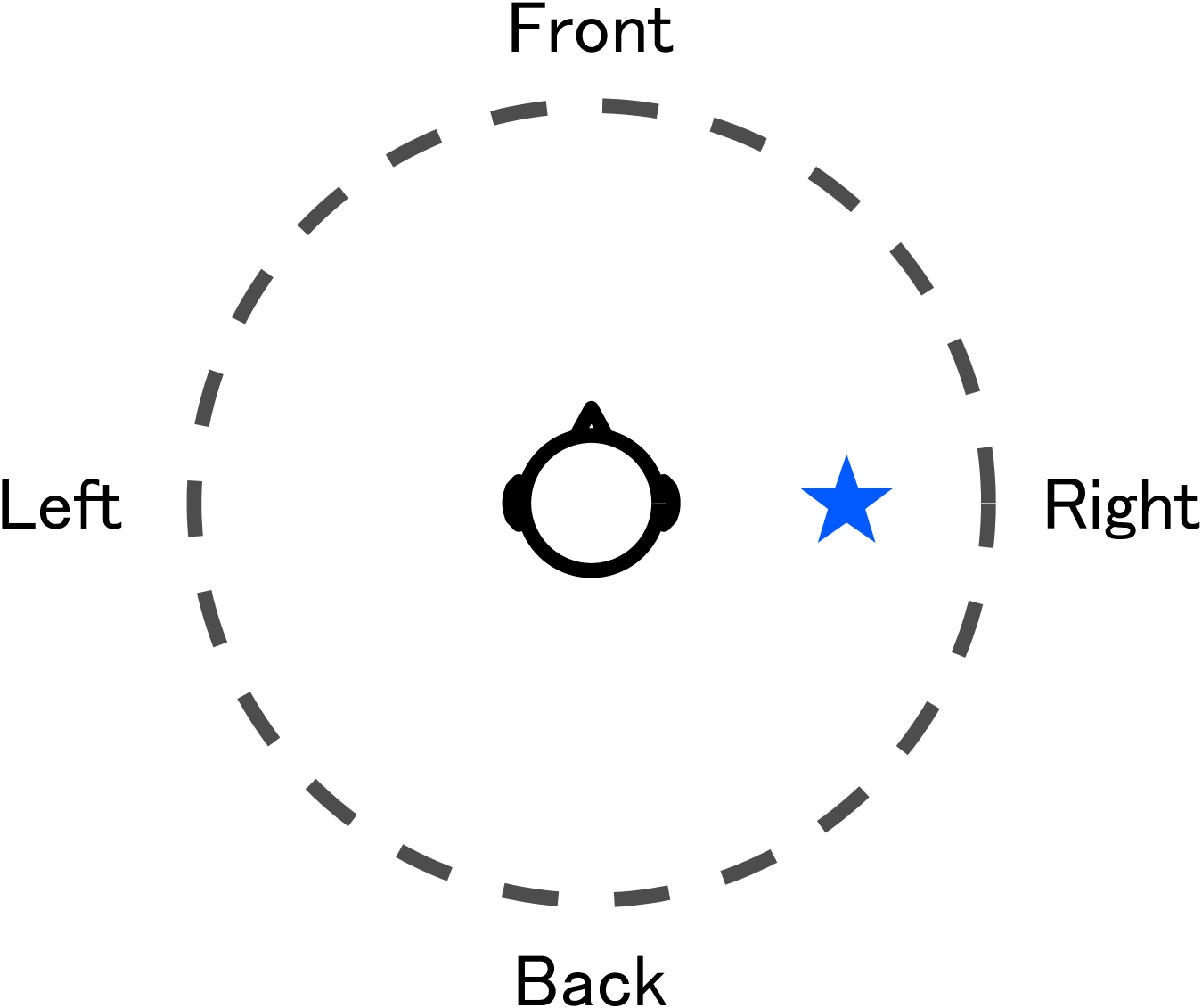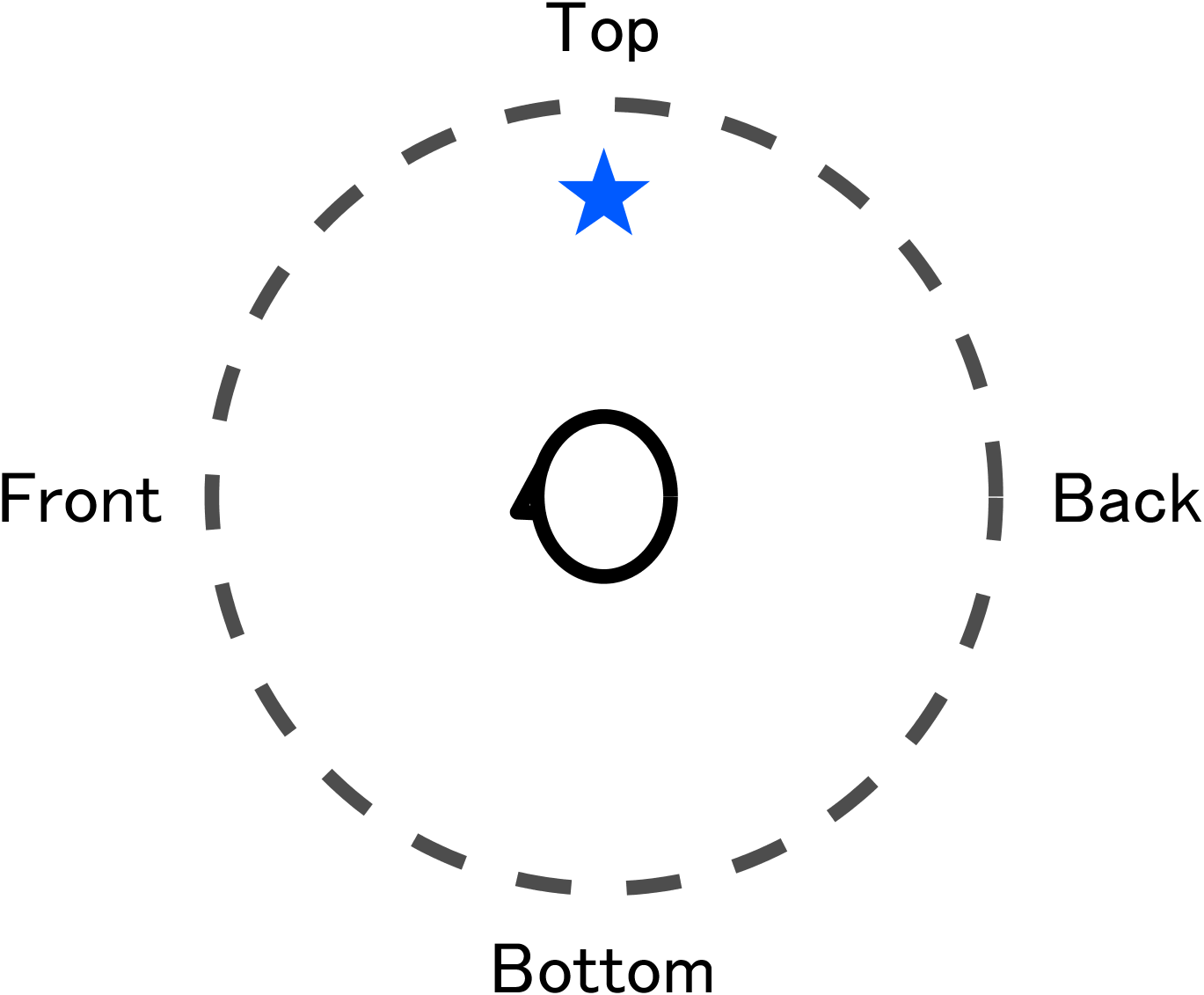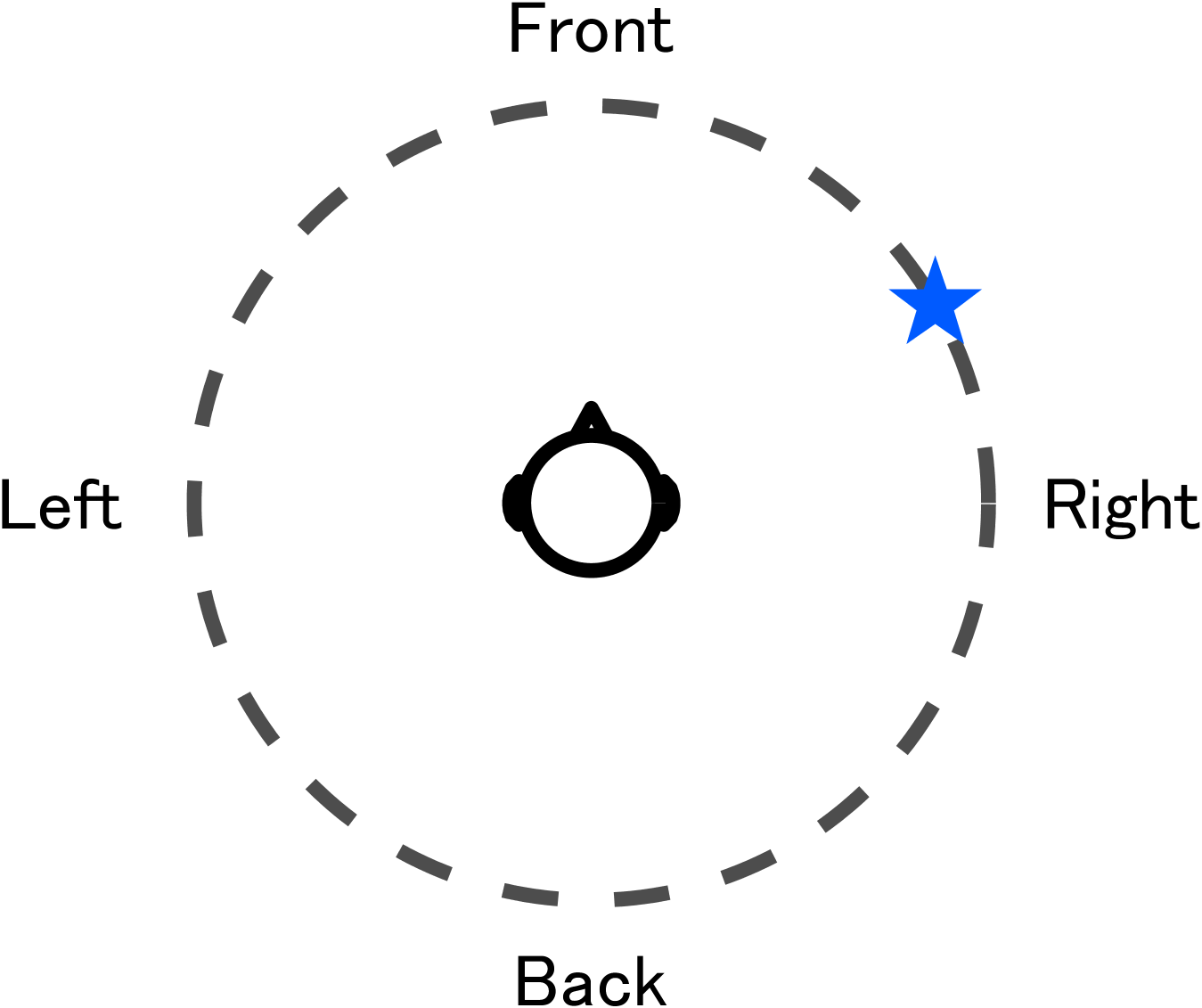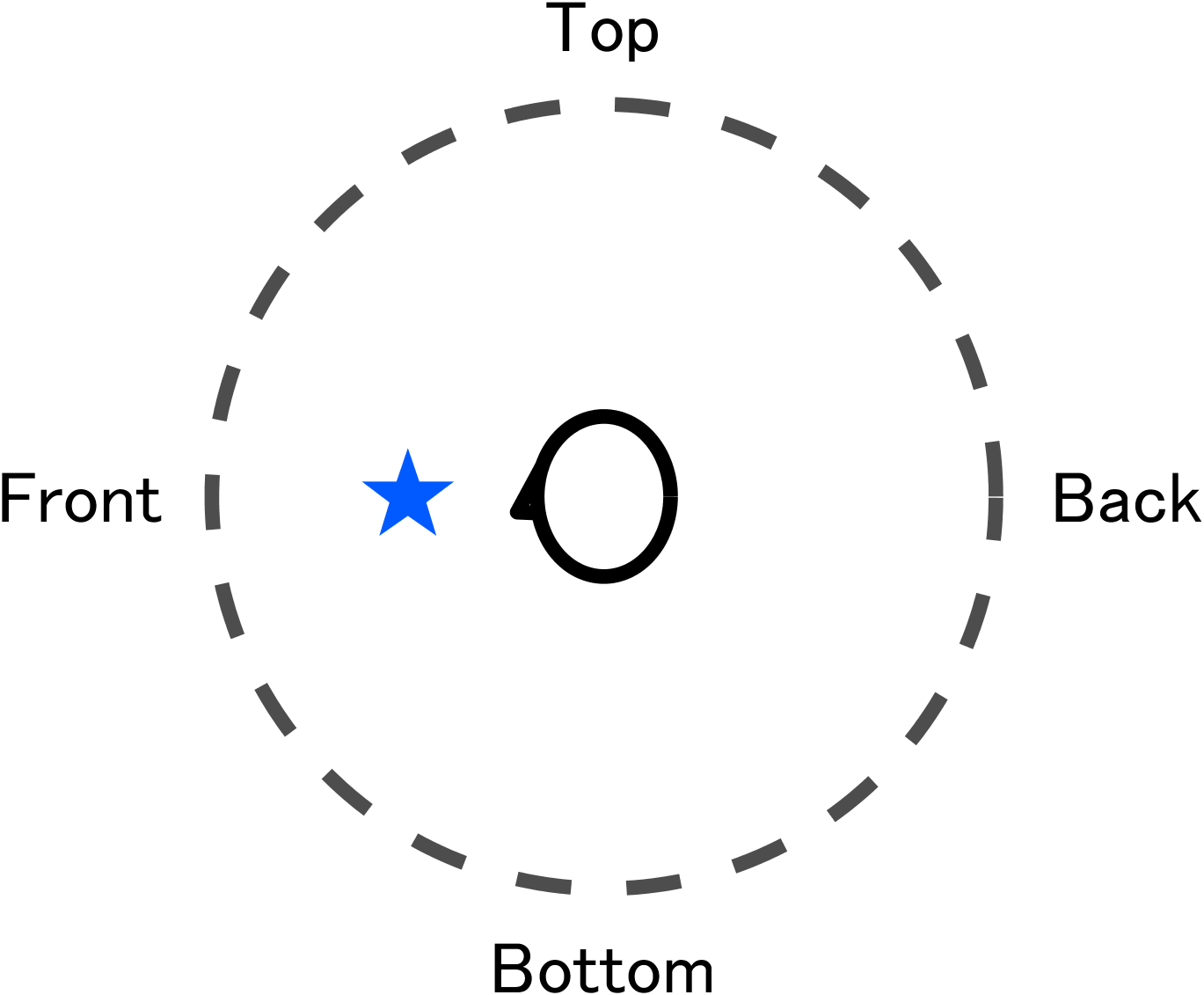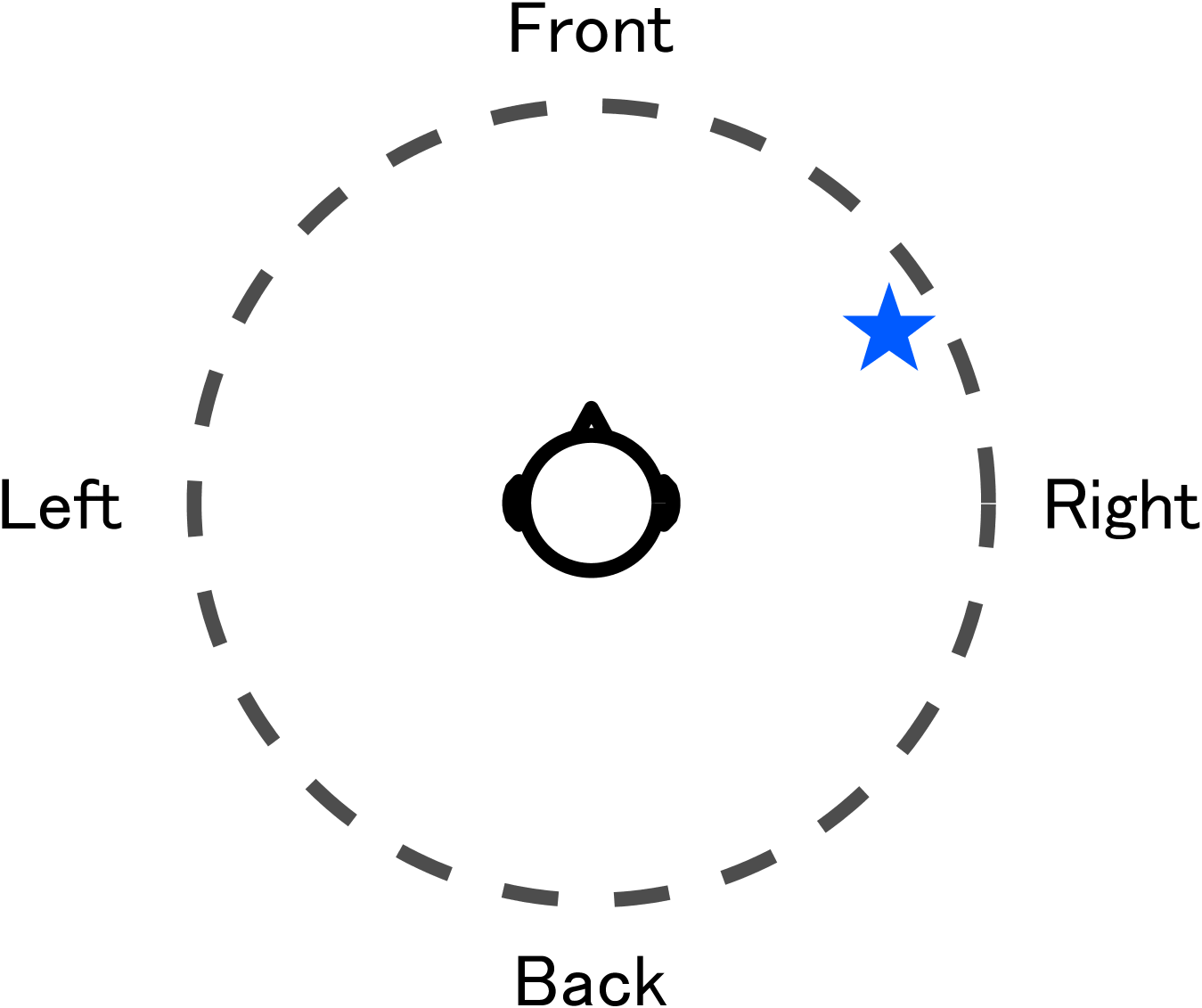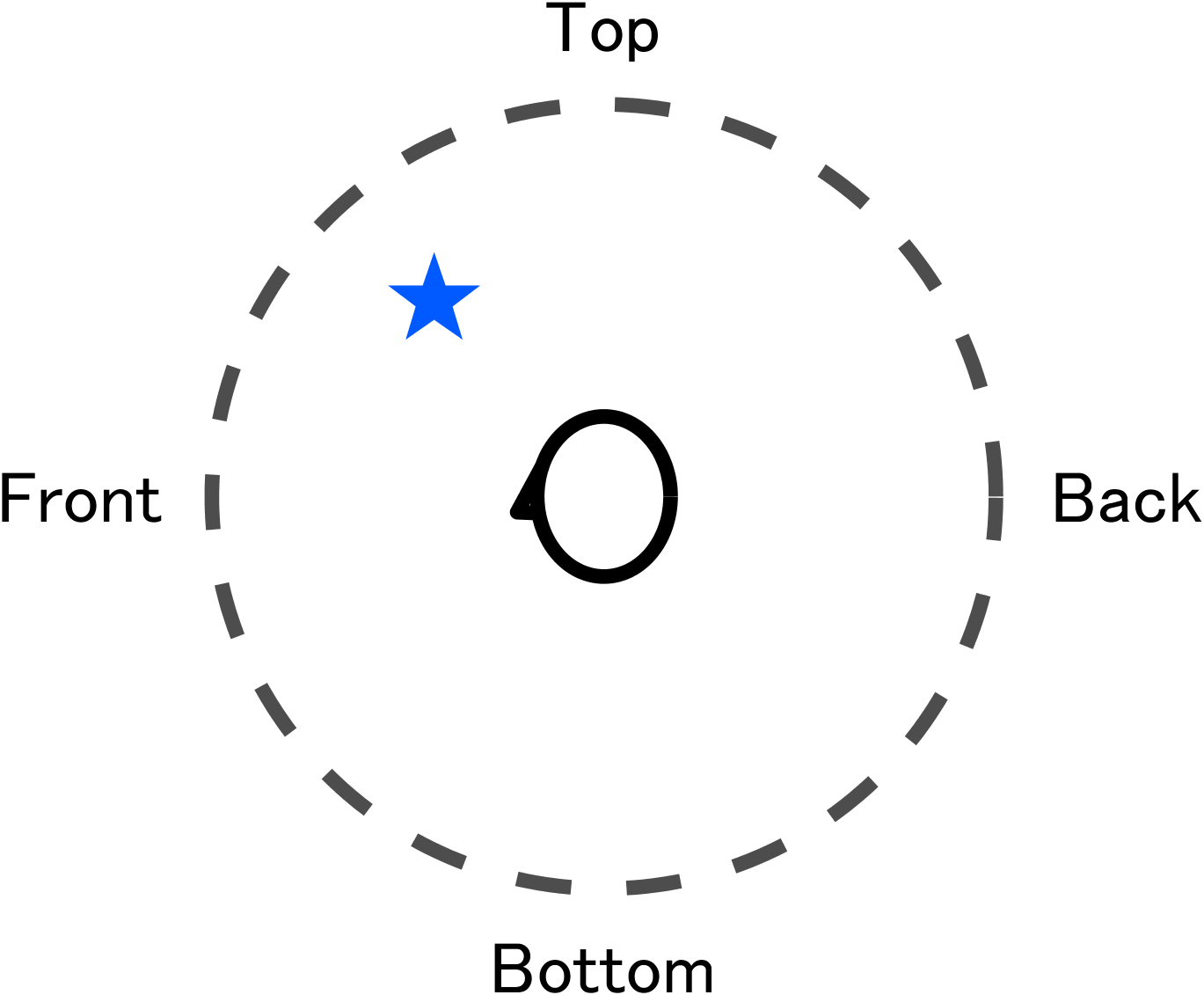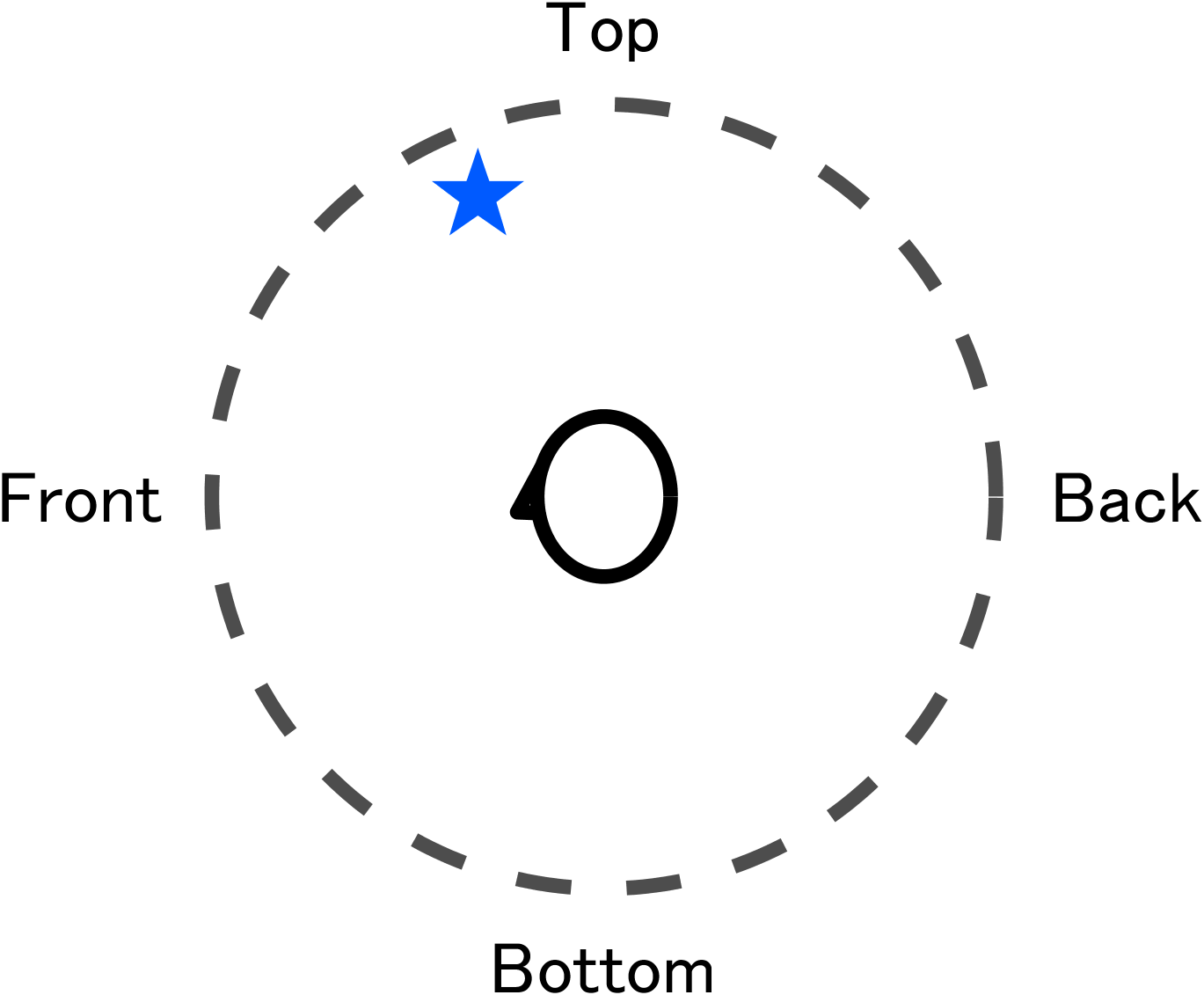[1] Yuki Ito, Tomohiko Nakamura, Shoichi Koyama, and Hiroshi Saruwatari,
“Head-Related Transfer Function Interpolation from Spatially Sparse Measurements Using Autoencoder with Source Position Conditioning,” in
Proc. International Workshop on Acoustic Signal Enhancement (IWAENC), Sep., 2022. (to appear)
[PDF] [Slides]
[2] Ramani Duraiswami, Dmitry N. Zotkin, and Nail A. Gumerov, “Interpolation and range extrapolation of HRTFs [head related transfer functions],” in
Proc. IEEE Int. Conf. Acoust., Speech, Signal Process. (ICASSP), 2004, vol. 4, pp. 45–48.
[3] Fabian Brinkmann, Manoj Dinakaran, Robert Pelzer, Peter Grosche, Daniel Voss, and Stefan Weinzierl, “A cross-evaluated database of measured and simulated HRTFs including 3D head meshes, anthropometric features, and headphone impulse responses”,
J. Audio Eng. Soc., vol. 67, no. 9, pp. 705–718, 2019.
[4] Fabian Brinkmann, Manoj Dinakaran, Robert Pelzer, Jan Joschka Wohlgemuth, Fabian Seipel, Daniel Voss, Peter Grosche, Stefan Weinzierl, “The HUTUBS head-related transfer function (HRTF) database,” 2019, url: http://dx.doi.org/10.14279/depositonce-8487 (accessed May 6, 2022).
[5] Zafar Rafii, Antoine Liutkus, Fabian-Robert Stöter, Stylianos Ioannis Mimilakis, and Rachel Bittner, “MUSDB18-HQ - an uncompressed version of MUSDB18,” 2019, url: https://doi.org/10.5281/zenodo.3338373 (accessed Aug. 30, 2022).
